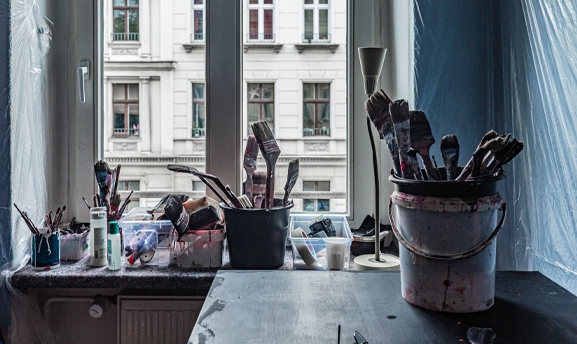
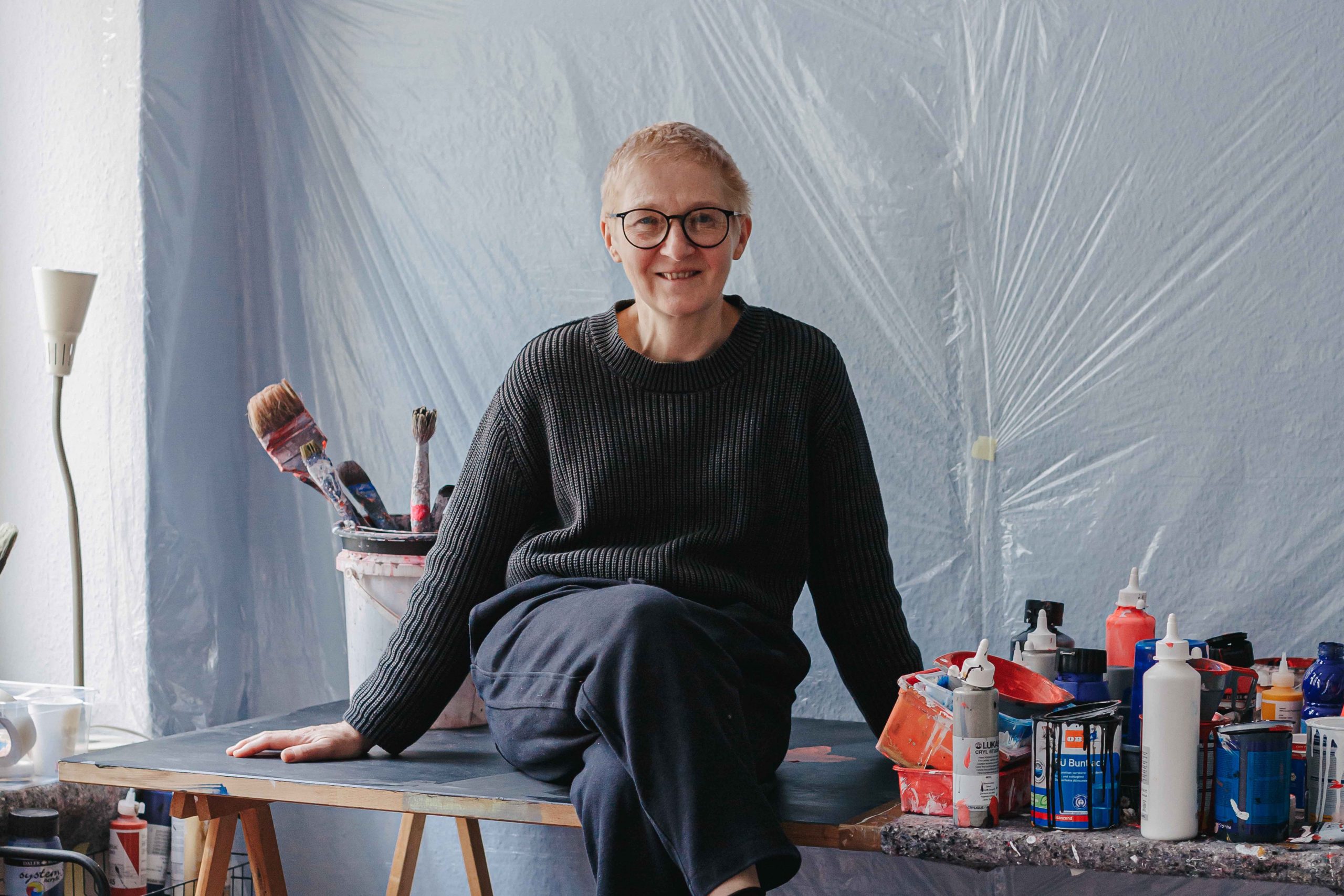
Text by Irina Rusinovich
Can you tell us about your creative process, from the moment you come up with an idea to the finished painting?
I have a number of motifs that are important to me, which I have been working on for many years. These are motifs that express something important, something basic to human beings. They have become stamps, mastered by popular culture, and I work with these stamps.
The red bull, for example, means power, masculine intensity, and aggression, but also a sacrifice, meat. It is with human beings from the Paleolithic cave to the label on the bottle of wine „Bull’s blood. Or the rose. It has been painted for thousands of years because it is a vagina, a symbol of seduction, desire, and pleasure. Blue flowers mean peace, oblivion, and heaven.
The cat and mouse – murderer and victim, nature’s indifference, „life is life.“
I do not paint real things, I try to create a kind of sign, a symbol of the experiences they evoke, to express visually Plato’s idea of these things.
Cézanne once said that painting is thinking with a brush in hand. That’s how I stand over my canvases or papers with a brush and ponder. I make endless versions, variations, and transformations… I repaint, and start over to make the image more precise, and more expressive. And simpler. It’s very difficult to make it simple. It is like calligraphy – you have to practice it for a long time, for years, in order to complete your artwork very quickly, with a few spontaneous movements, easily, powerfully, and beautifully. I am not afraid of beauty, unlike many artists today. Plato’s idea has to be beautiful.
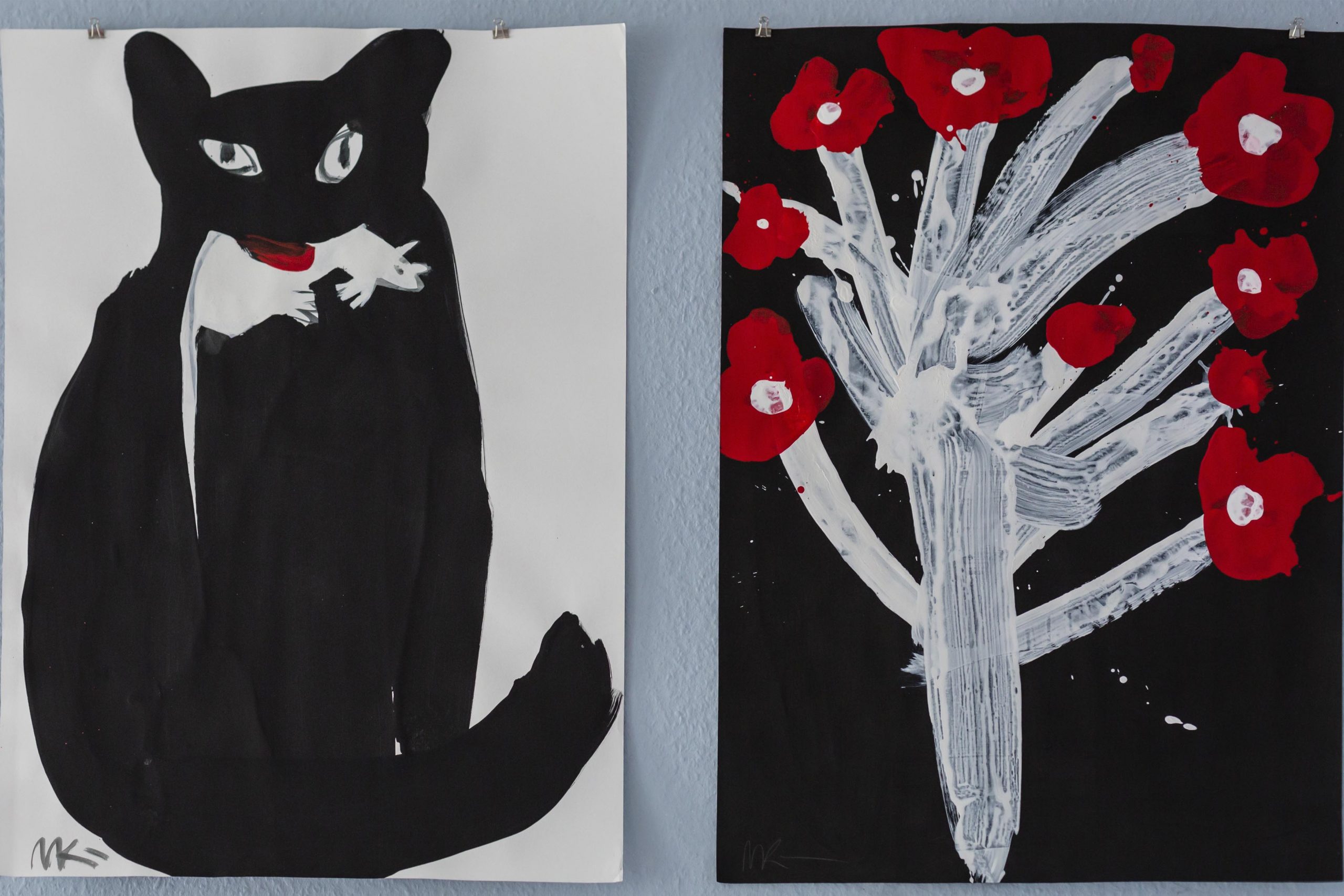
Photo Credit / Johannes Pol
How do you integrate or address environmental and social themes in your artwork?
The themes come by themselves. There’s the war that Russia runs against Ukraine, it’s horrible, people are dying, and my paintings are getting red, just streams of blood flooding the paintings. And there is a lot of black. And I also started painting people. Before, people as such were not my subject. Of course, my flowers and animals were anthropomorphic, but that was about the unity of all creation, the reflection of everything in everything.
And now in my works, people are exactly people, human beings, as they are. They are alive, wounded, dead, singly, in crowds, whole, and torn into pieces…
Can you walk us through a current project you’re working on and share your goals for the piece?
My latest series is about humans being a sick, insane animals. A crazy ape with a gun…
We are creatures who have created a brave new world and don’t know what to do with it. Scared to death of ourselves. People are simultaneously building a bright future and tearing themselves back into the cave. It seems that people today are losing ground under their feet faster than they are finding new ground.
I left Russia, and I last year was working on a series Migrants. It’s about the loss or change of identity, of homeland, of destiny.
The series I’m doing now has no name yet, for myself, I call it Primates for now. They are such incomprehensible creatures, like monkeys, or dolls, or children, or monsters… and at the same time, their composition should refer to recognizable examples of high art.
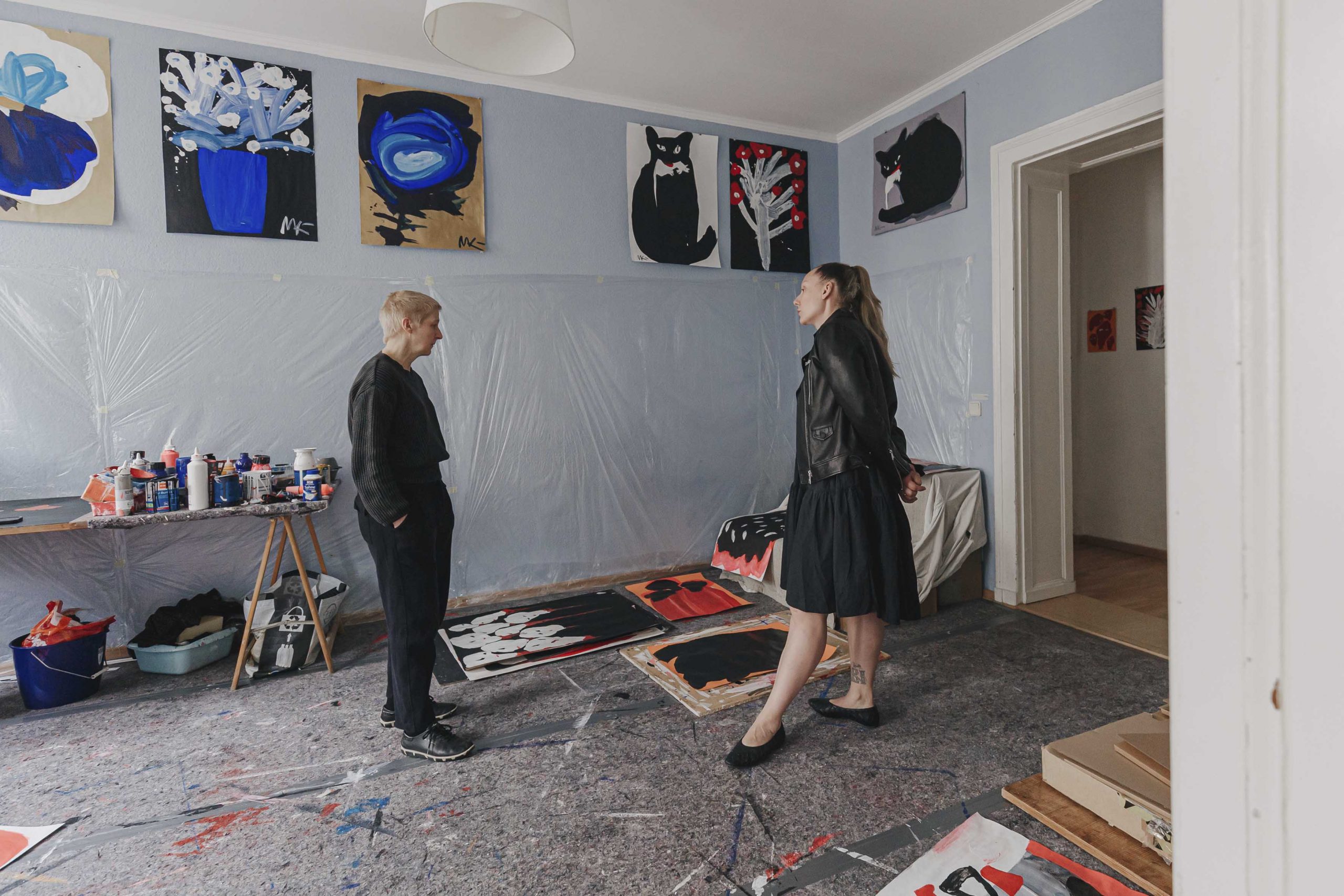
Marina Koldobskaya and Irina Rusinovich , Photo Credit / Johannes Pol
What role do you think art plays in society, and how do you hope your work contributes to that dialogue?
For several months now, my colleagues and I have been preparing a joint exhibition of women artists from Ukraine, Belarus, and Russia, it calls Heartbeat, at Wolf&Galentz gallery. Finding like-minded people was not easy, many friends said that in today’s atmosphere of mutual hatred and suspicion, we would be eaten alive. And that there would simply be no artists who would agree to participate.
But I think it’s very important to do an exhibition like this, precisely because it’s an attempt to confront the hatred that’s all around us. And I’m very glad we have found like-minded people and support from the gallery, we help and support each other, we are our own authors and curators, we decide everything together, and we cooperate despite the war – this is the most important result.
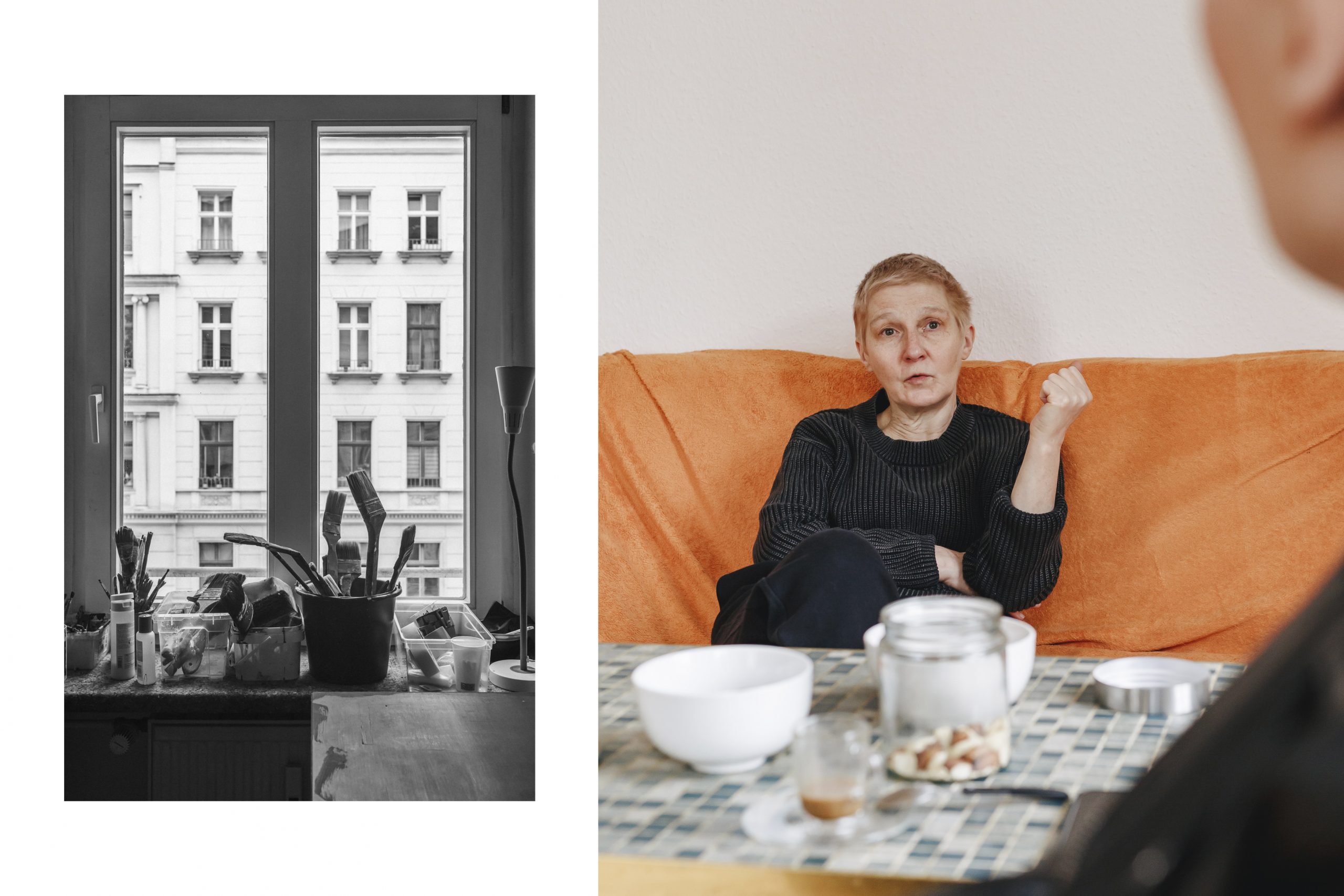
Photo Credit / Johannes Pol
What are some upcoming projects or shows you’re most excited about?
This is the „Heartbeat“ exhibition I mentioned earlier.
Now people are overwhelmed with pain, it has to find a way out. It has been a year of horror, shame, despair, waiting, hope… None of us has ever had this experience of collective distress. Different artists look for different ways to express these experiences in their art. Straightforward experiences are long forgotten – crying, wailing, praying – are returning to art now. Perhaps it’s a bit awkward and even ugly, now is not the time for good taste and finesse.
I don’t think art is capable of fully embracing this experience at once. A new aesthetic will come, it’s already coming. It’s impossible for an artist to do anything else these days. For me for sure.

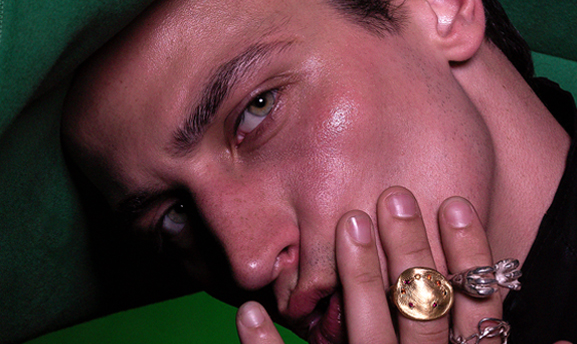

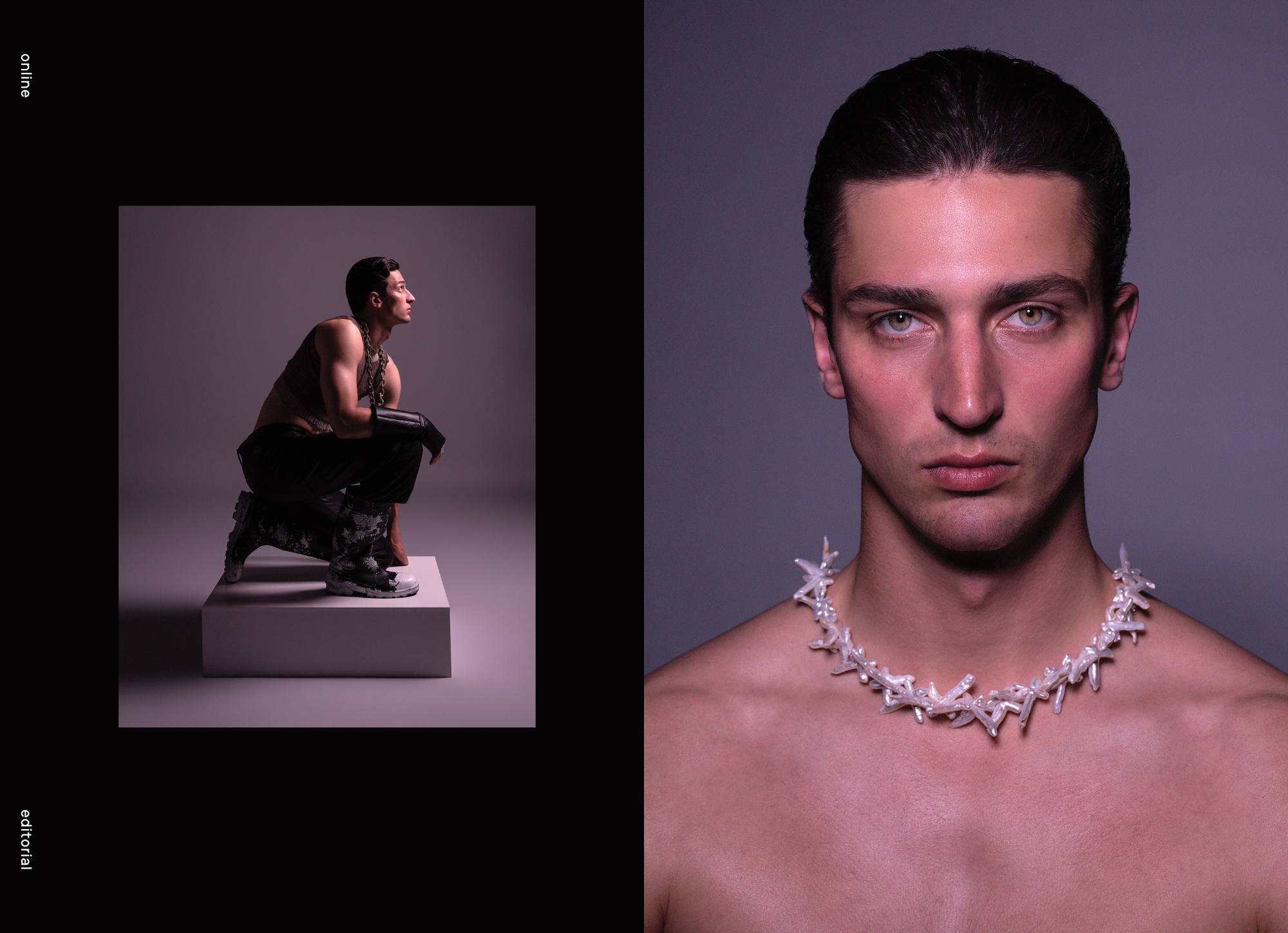
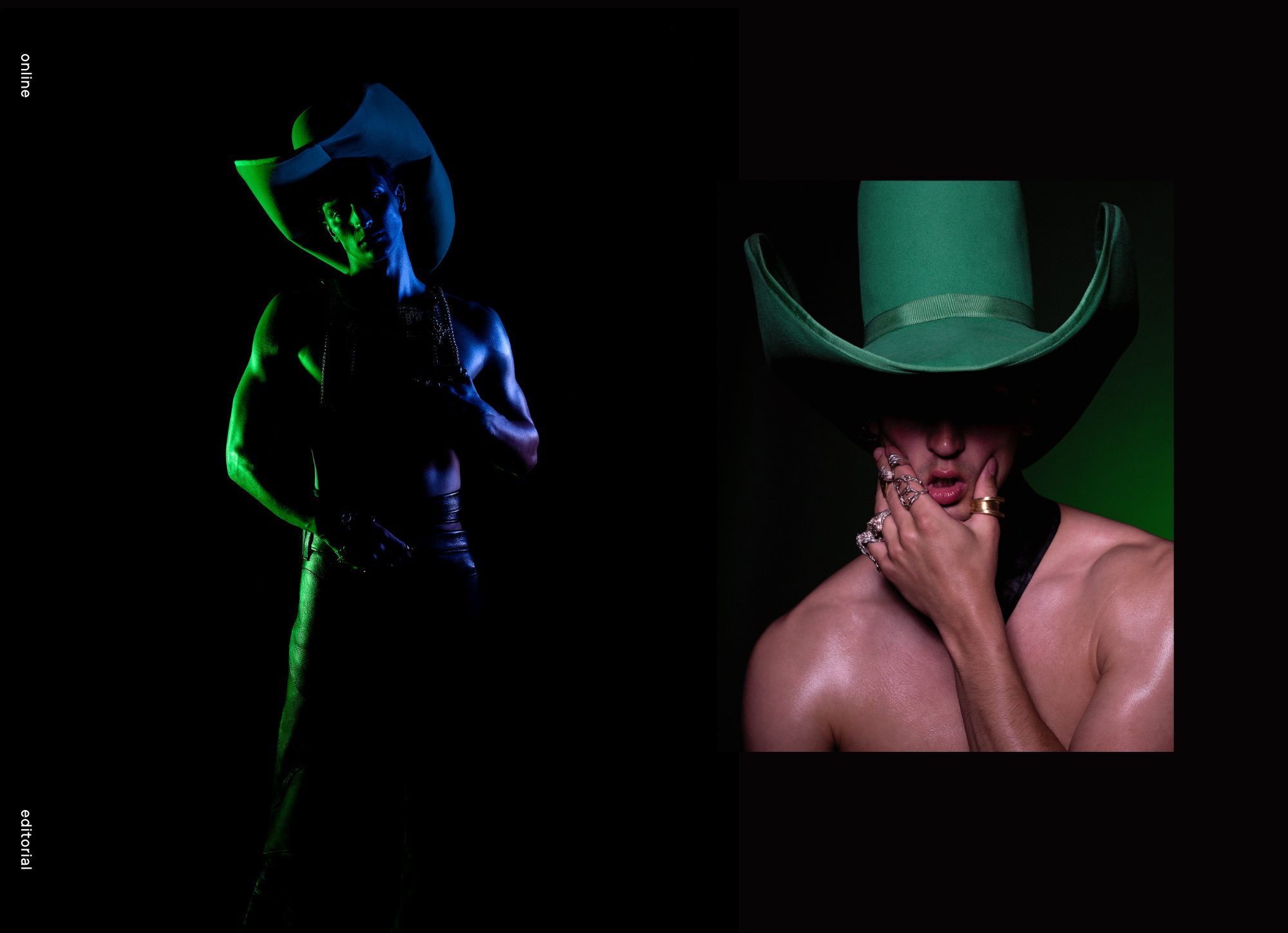

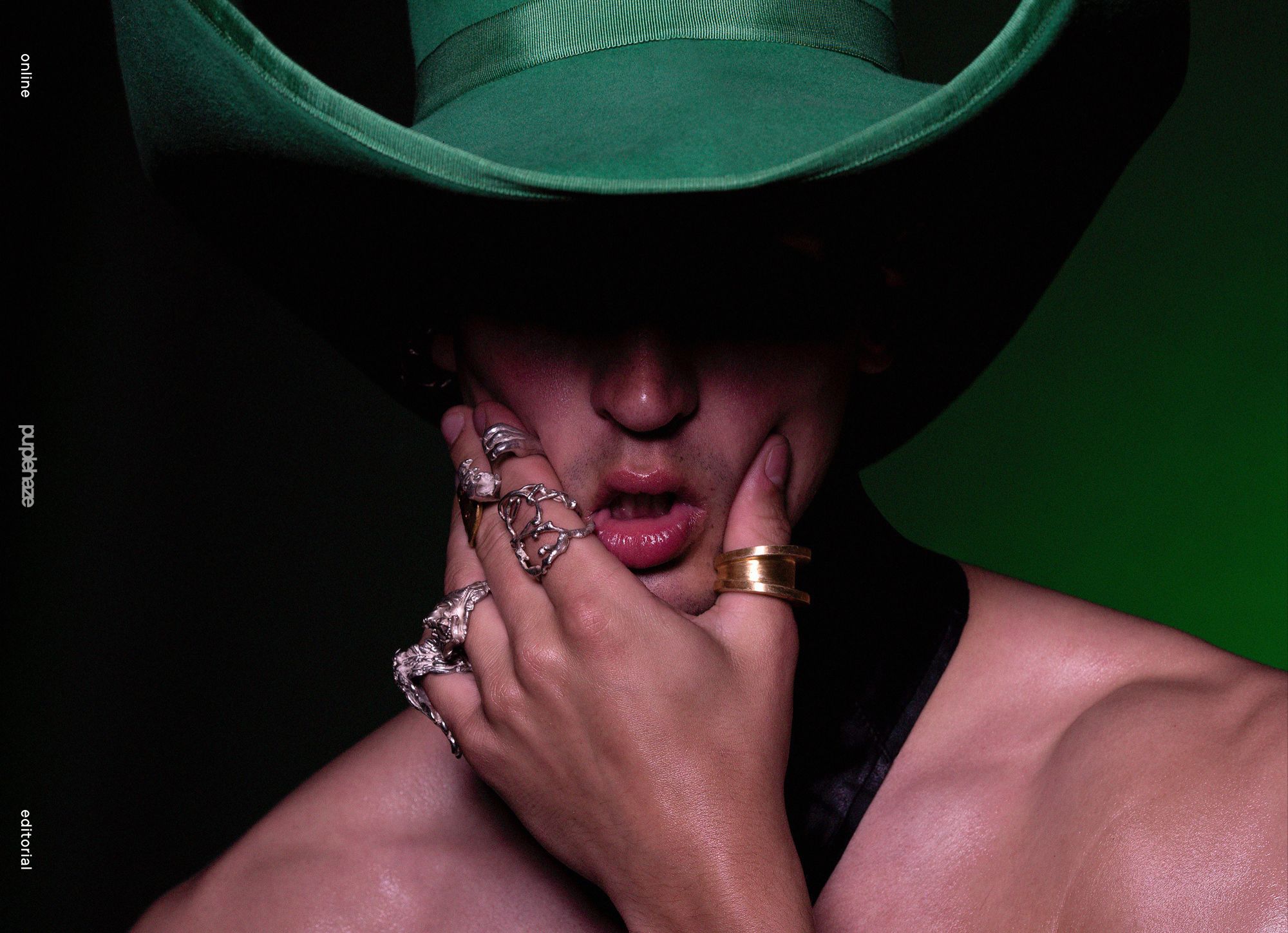
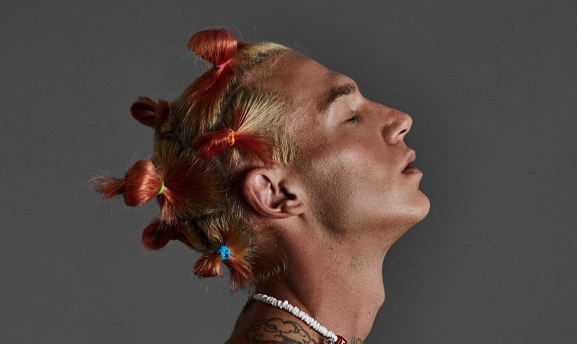
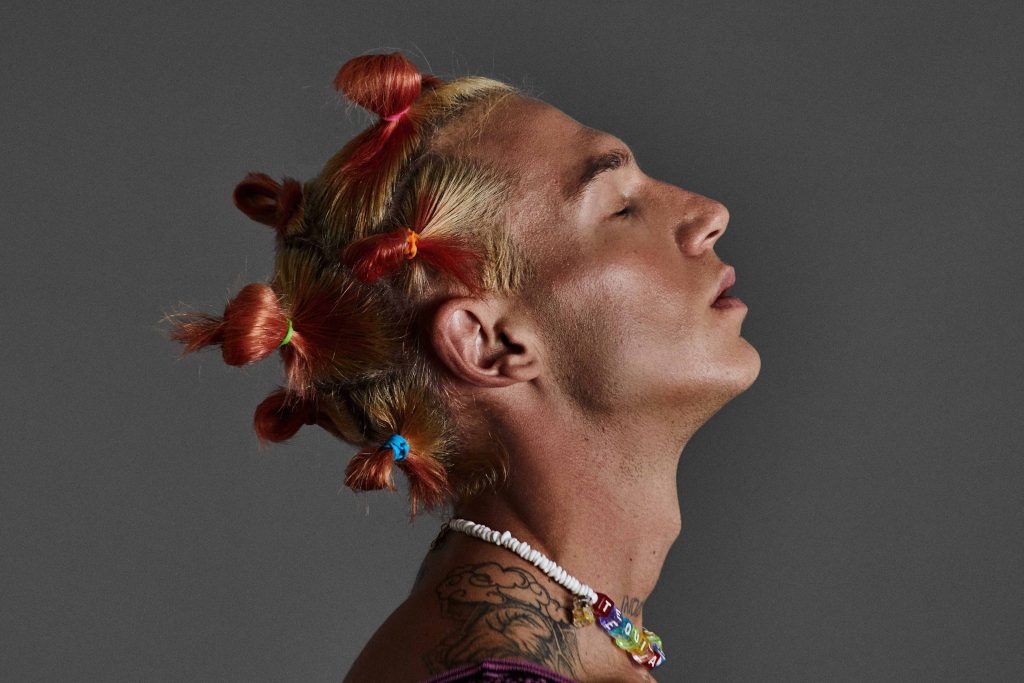
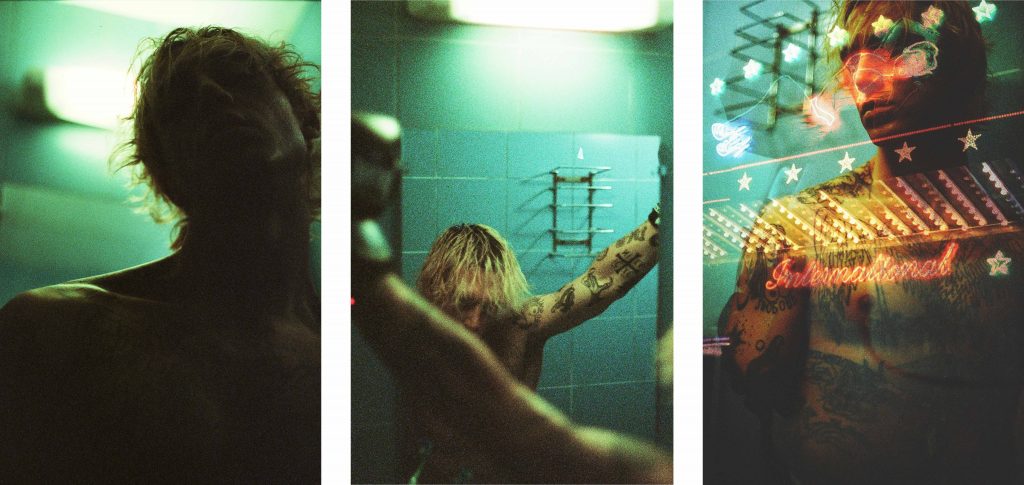
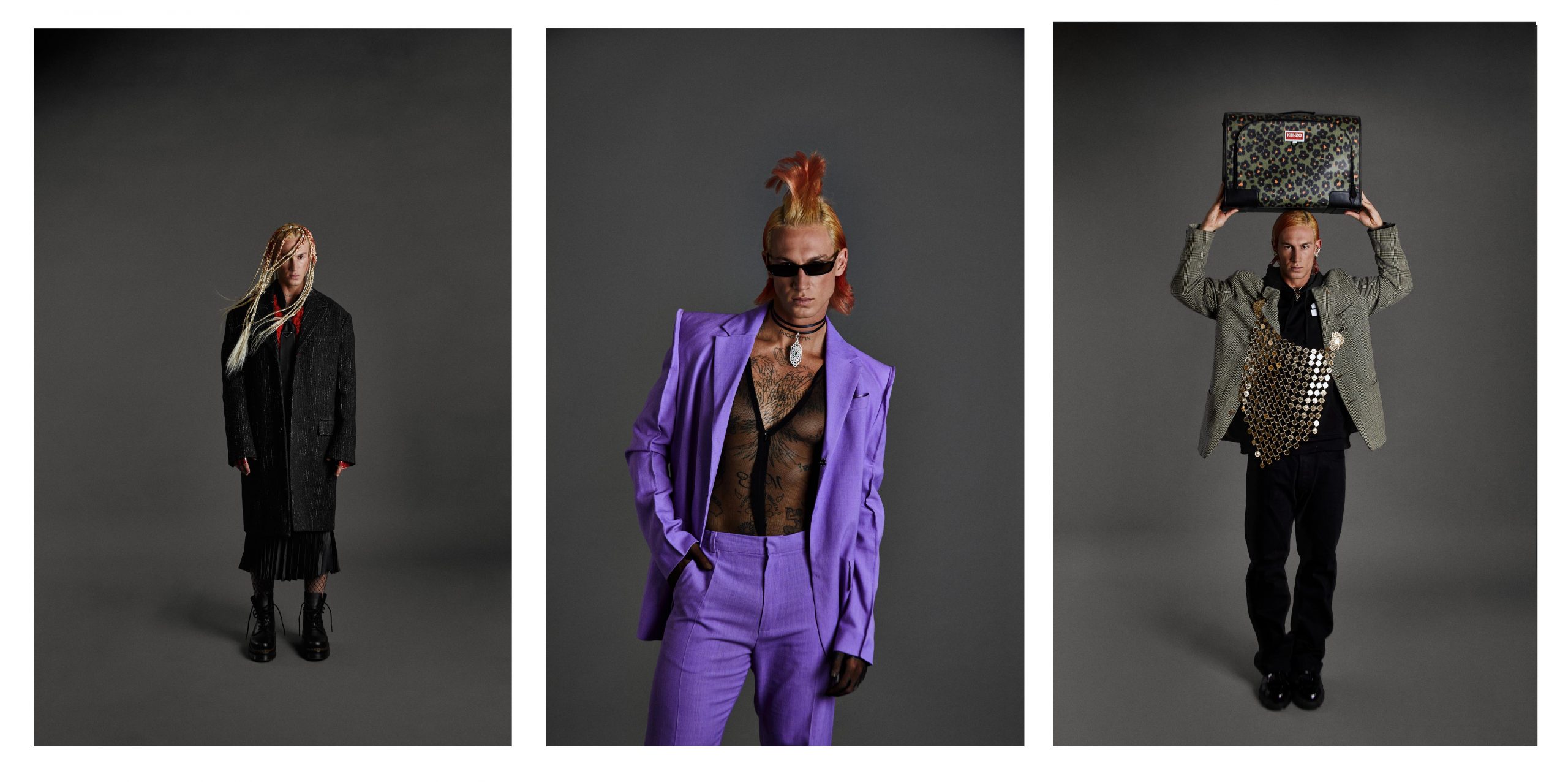
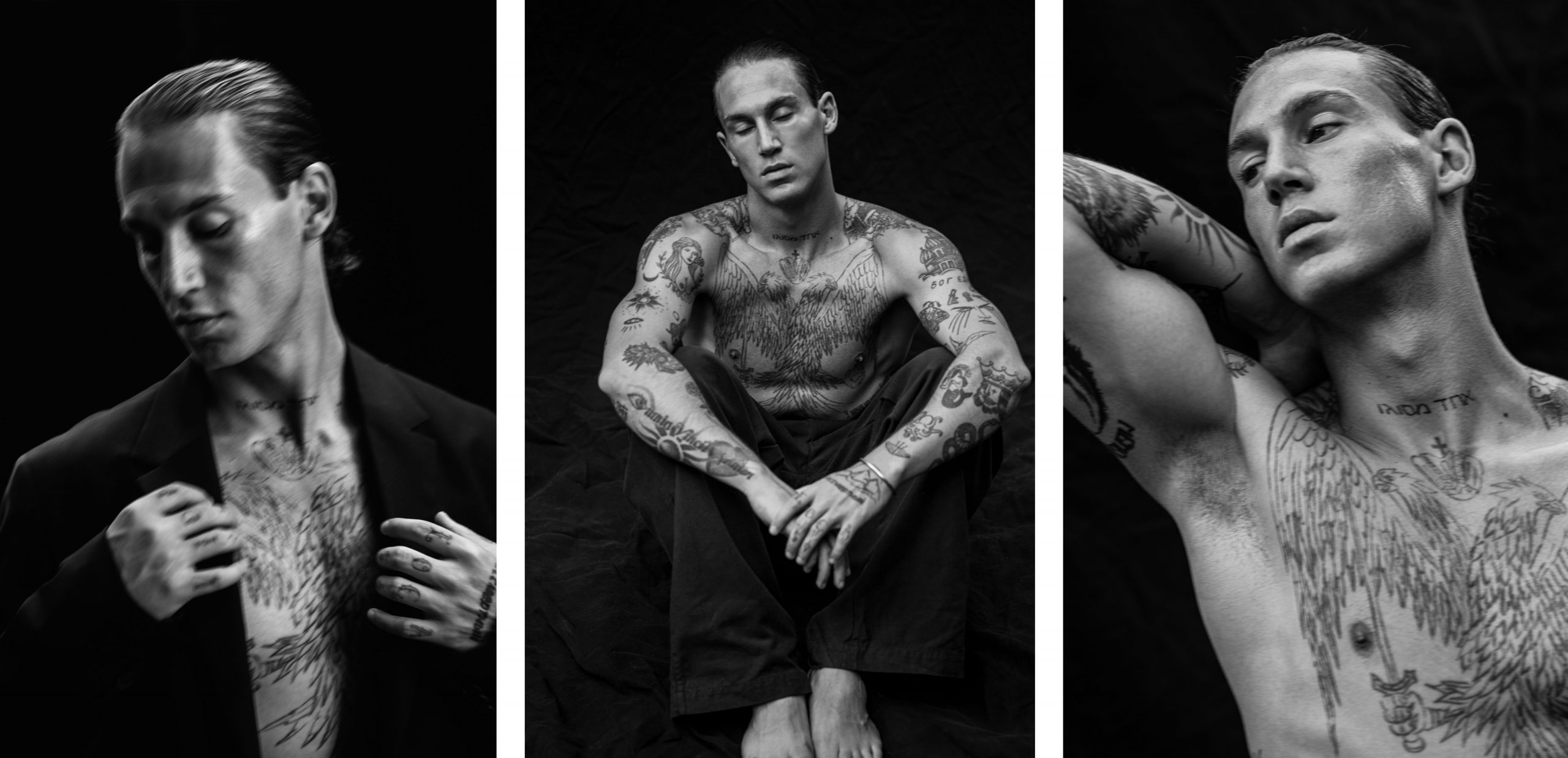
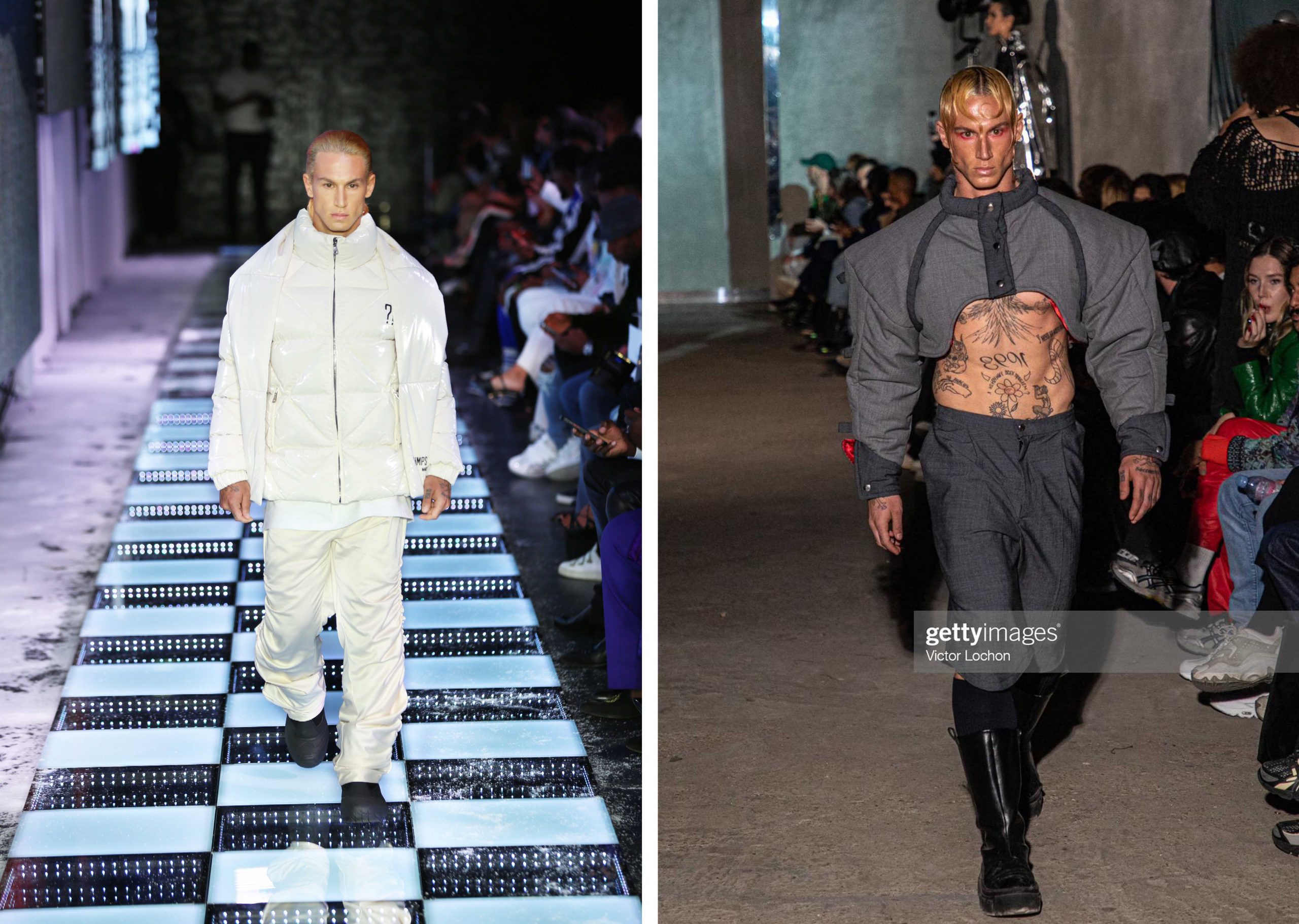
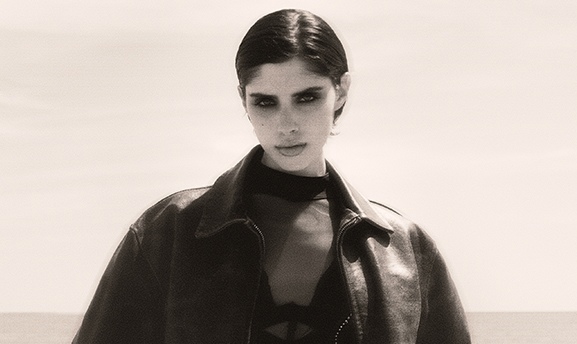
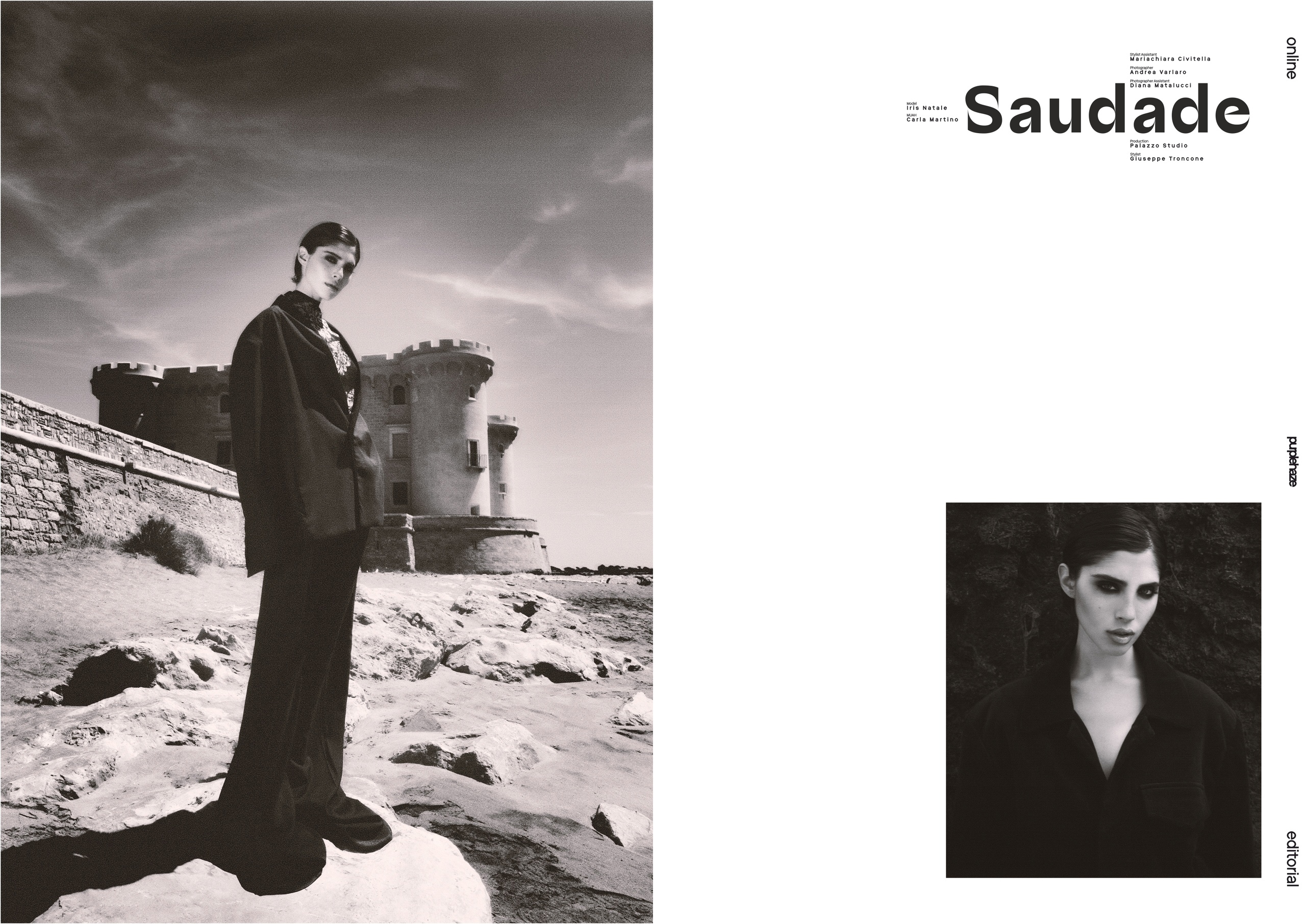
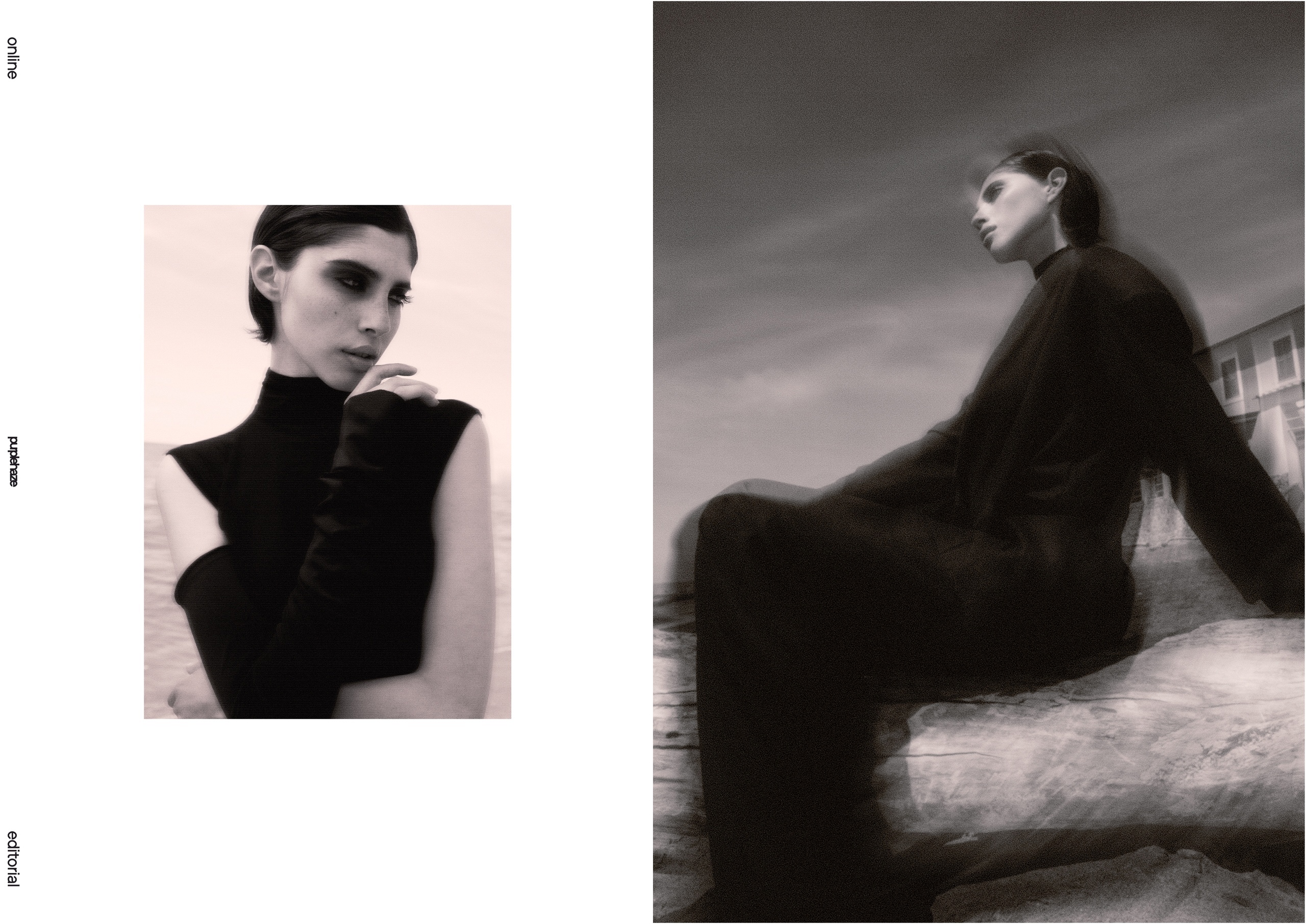
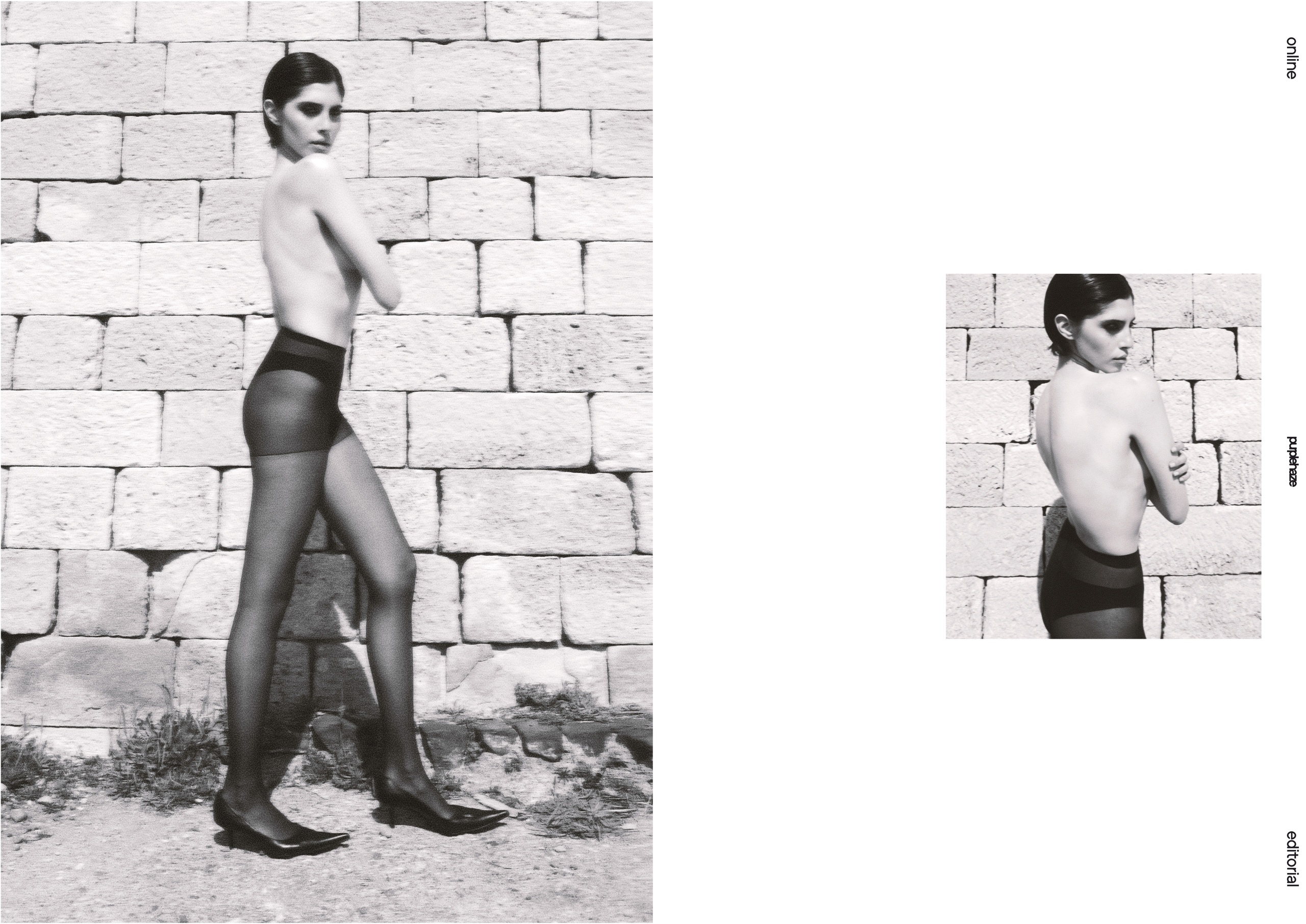
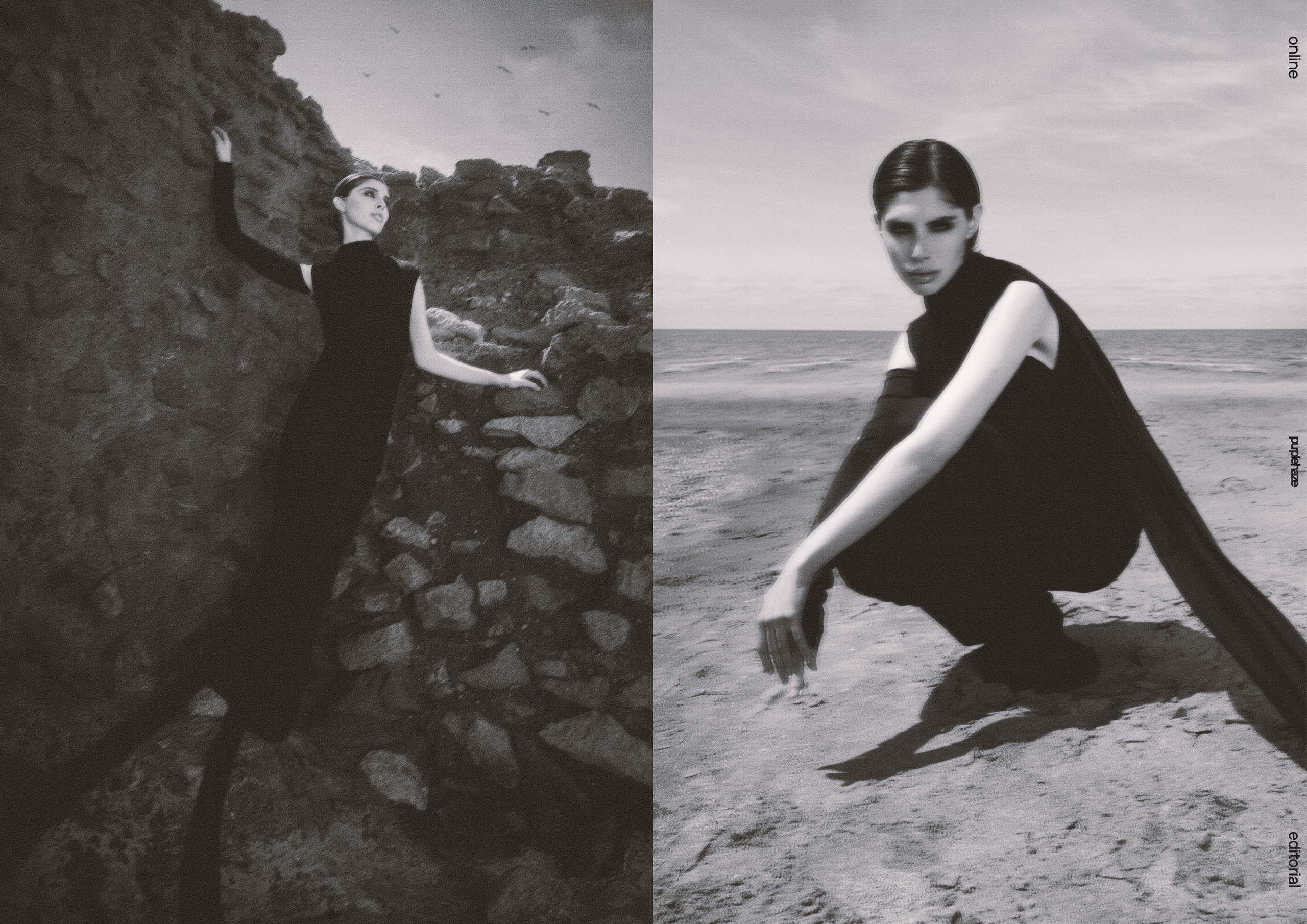
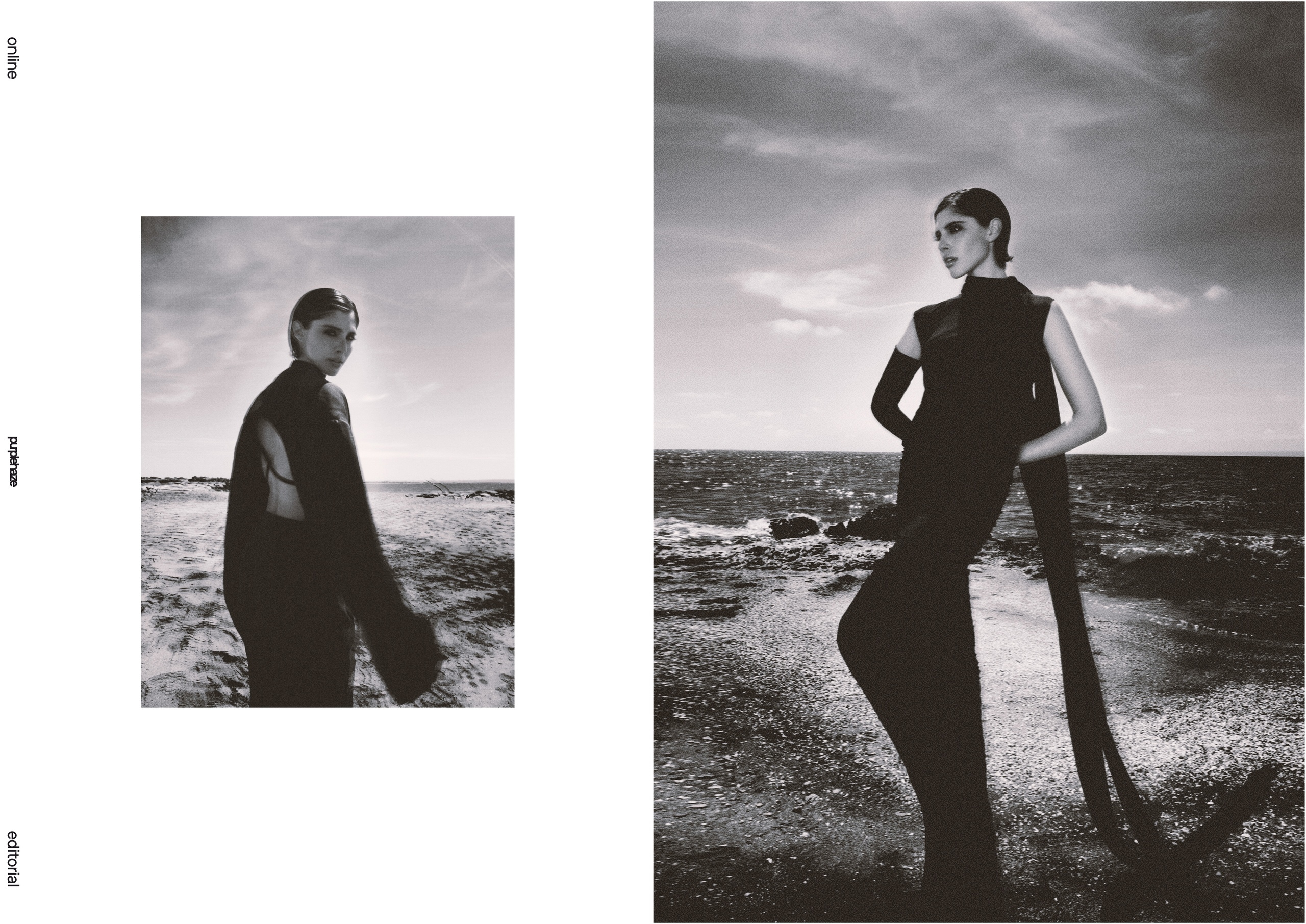
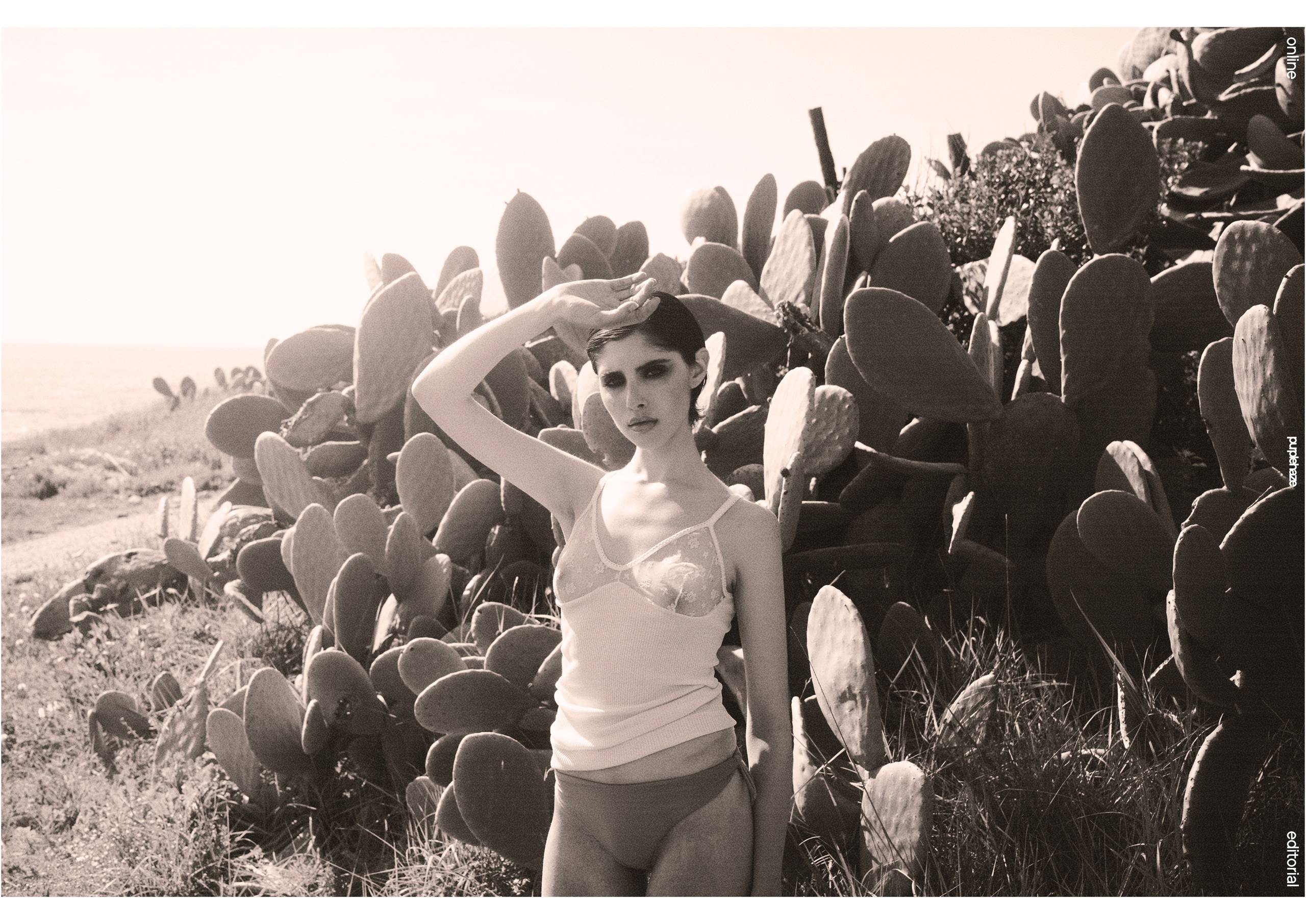
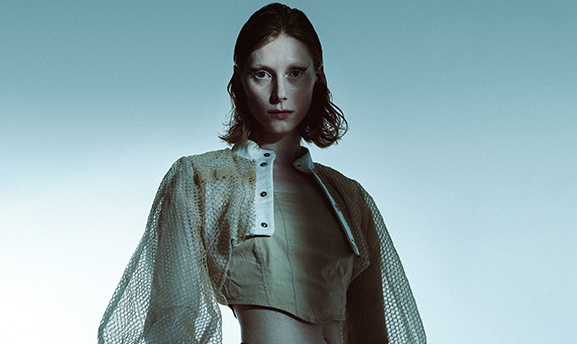
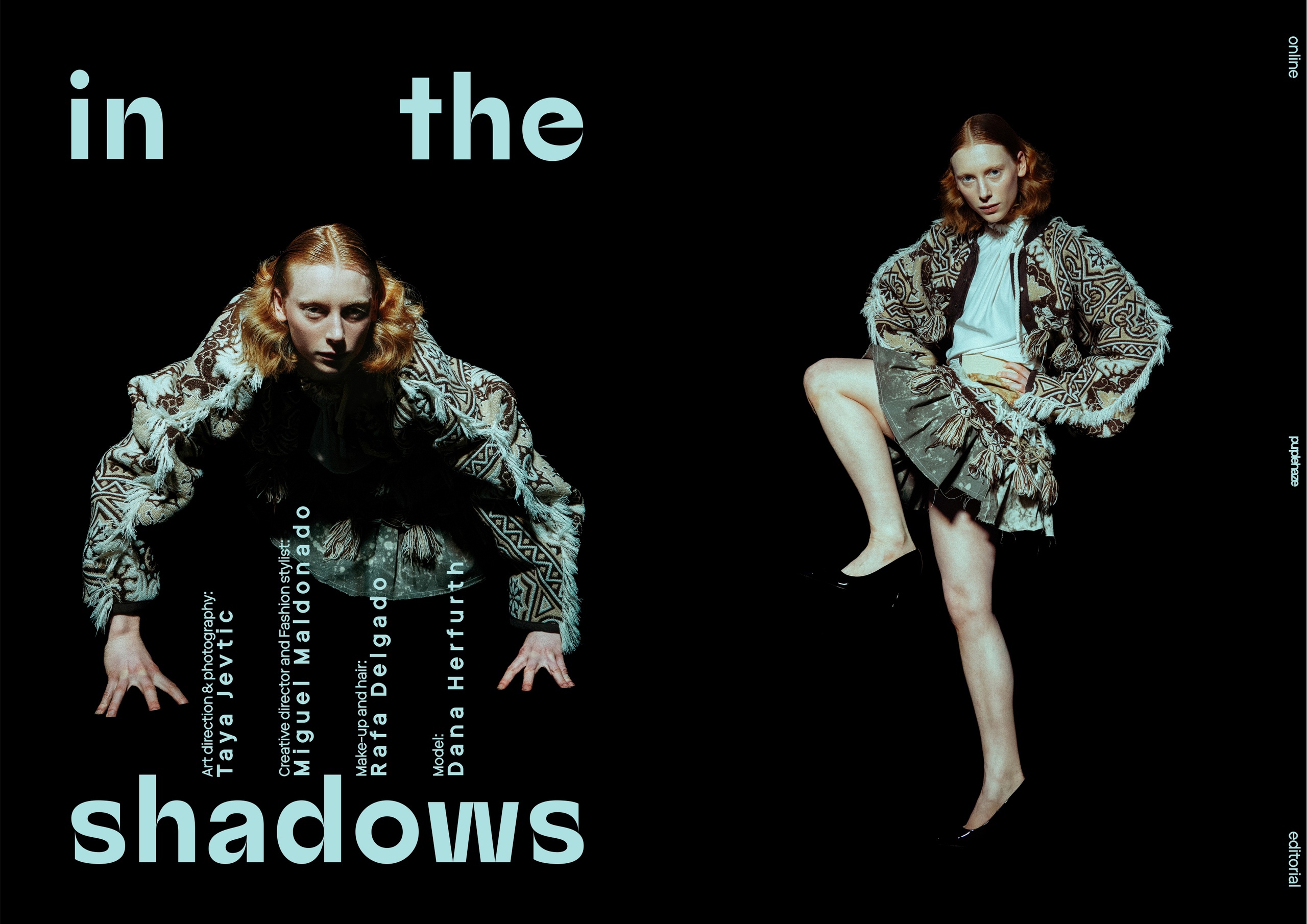
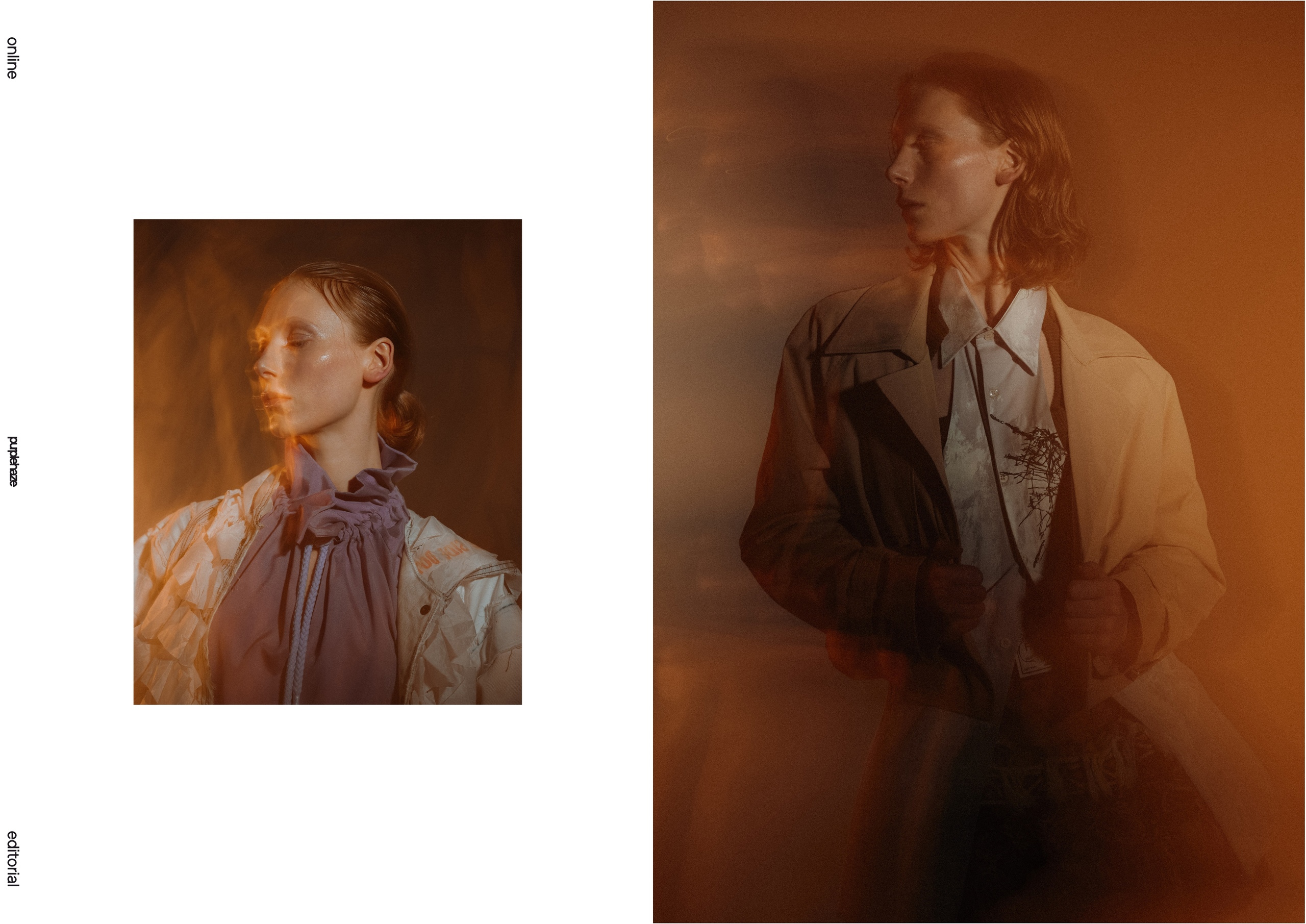
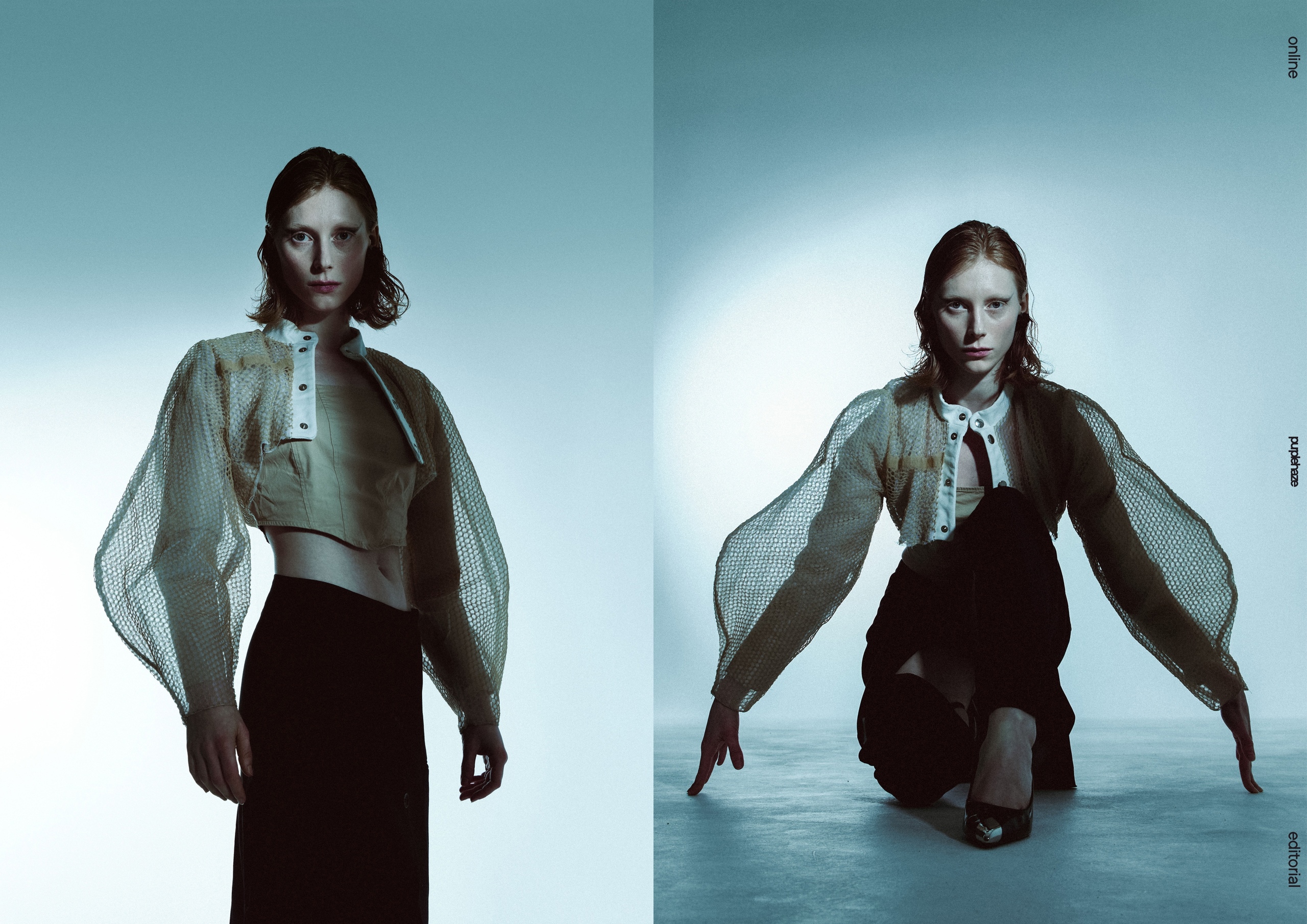
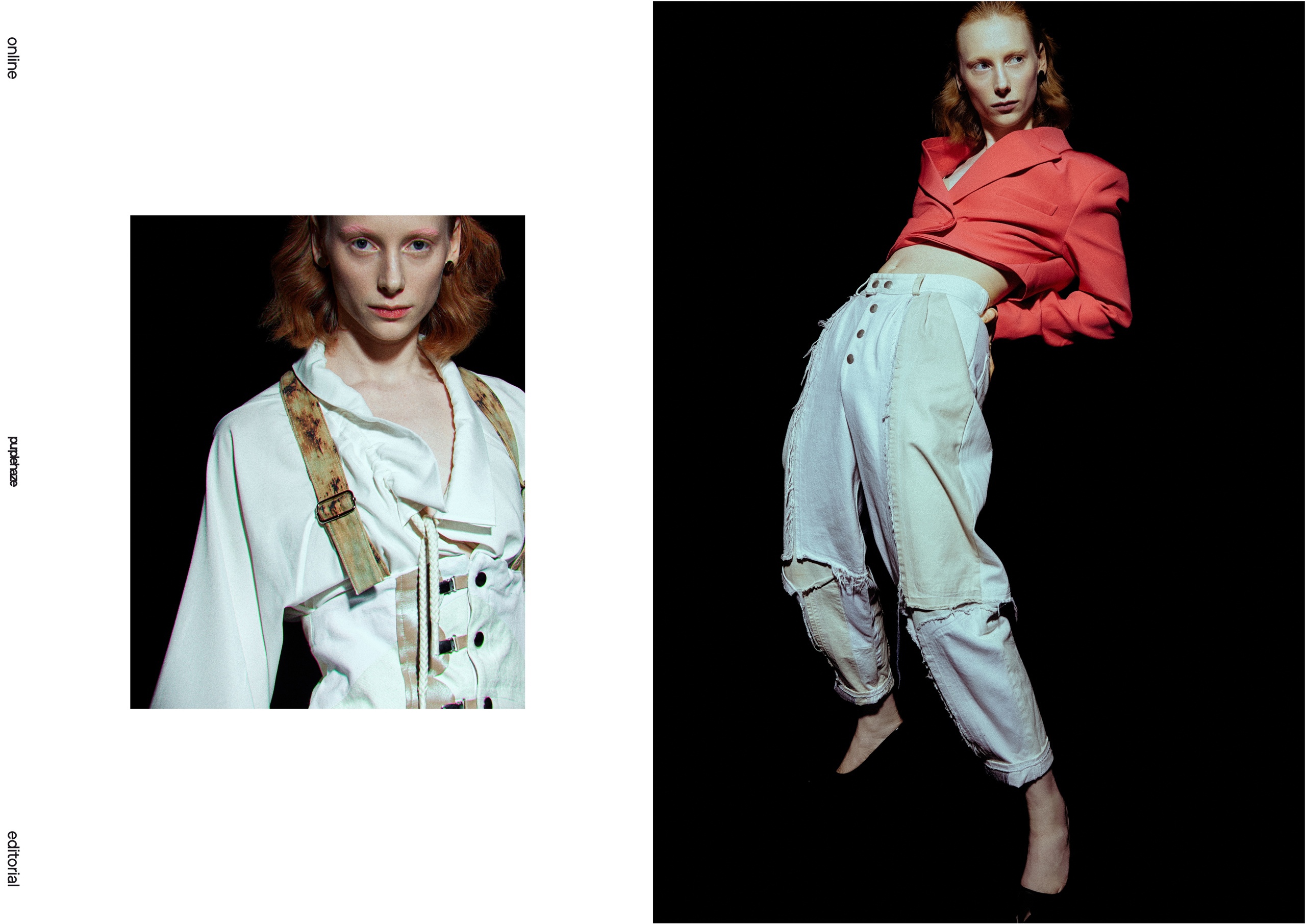
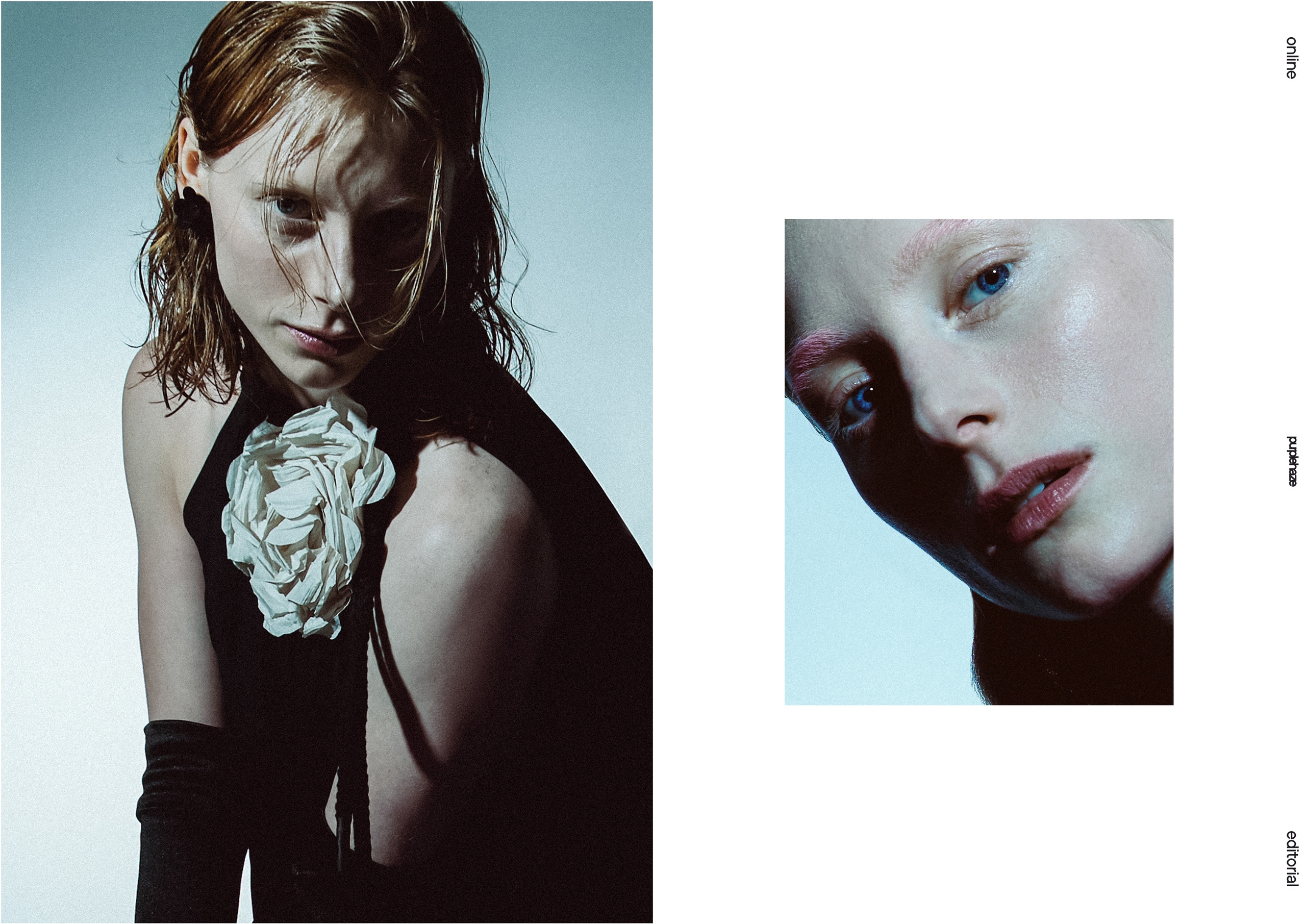
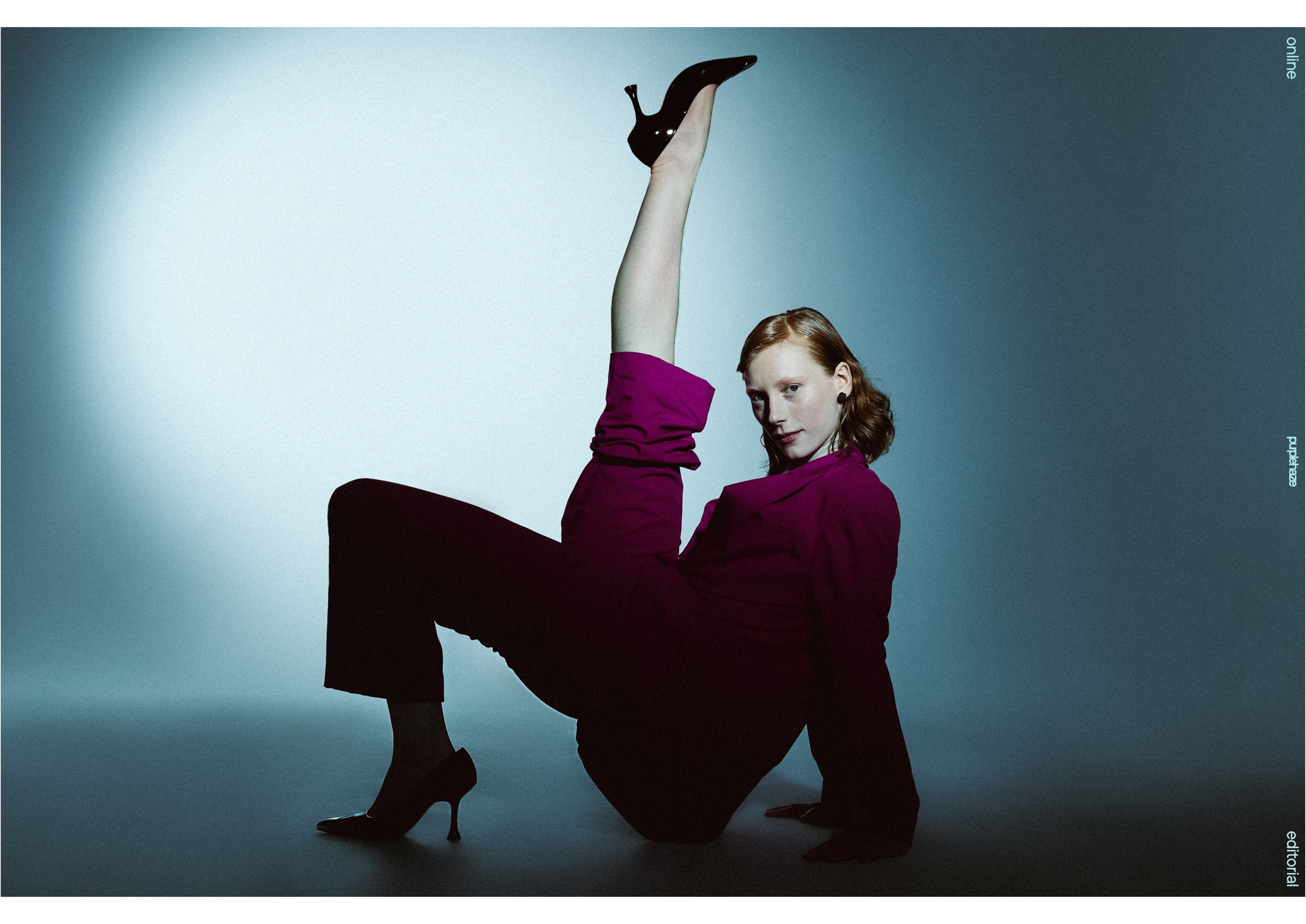

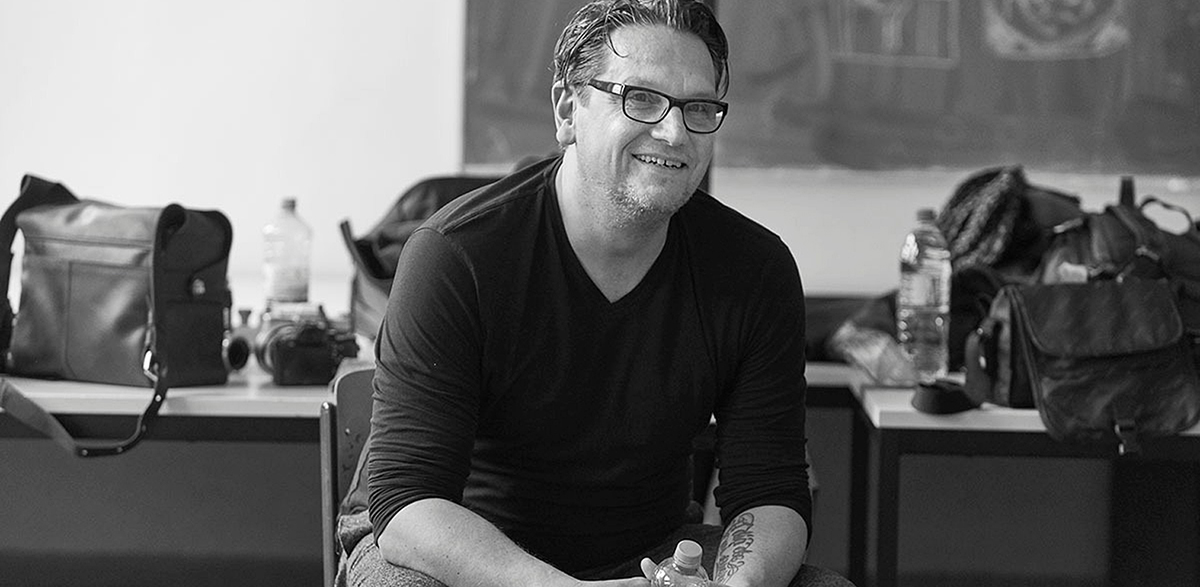
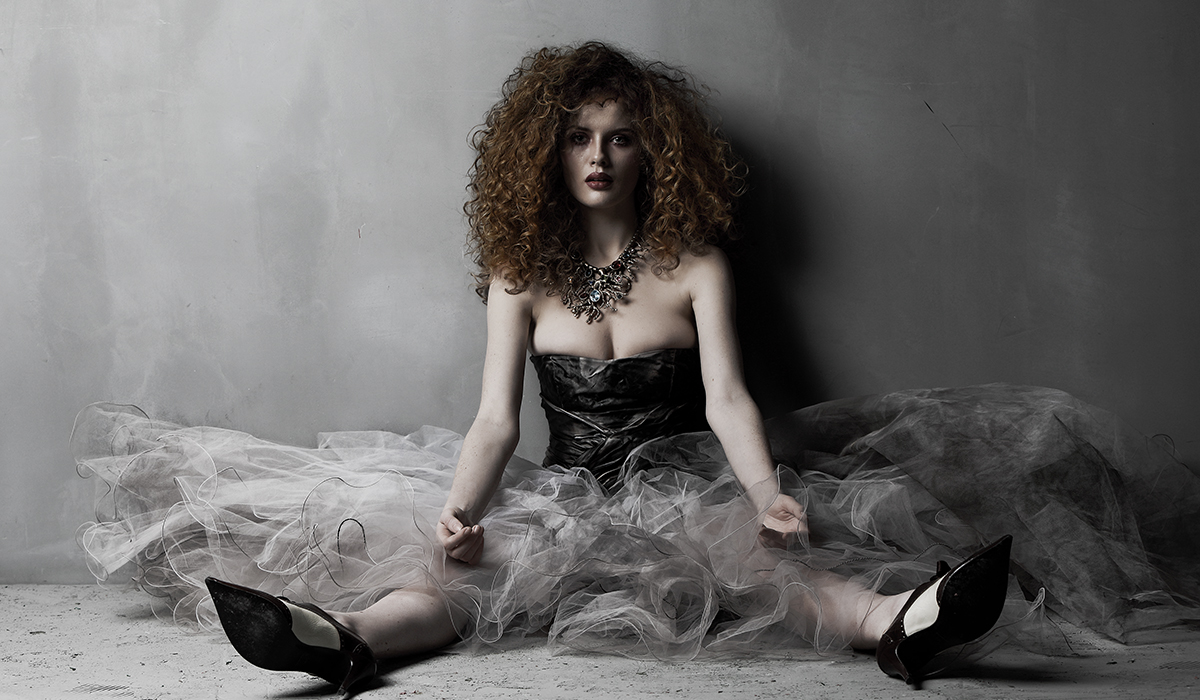

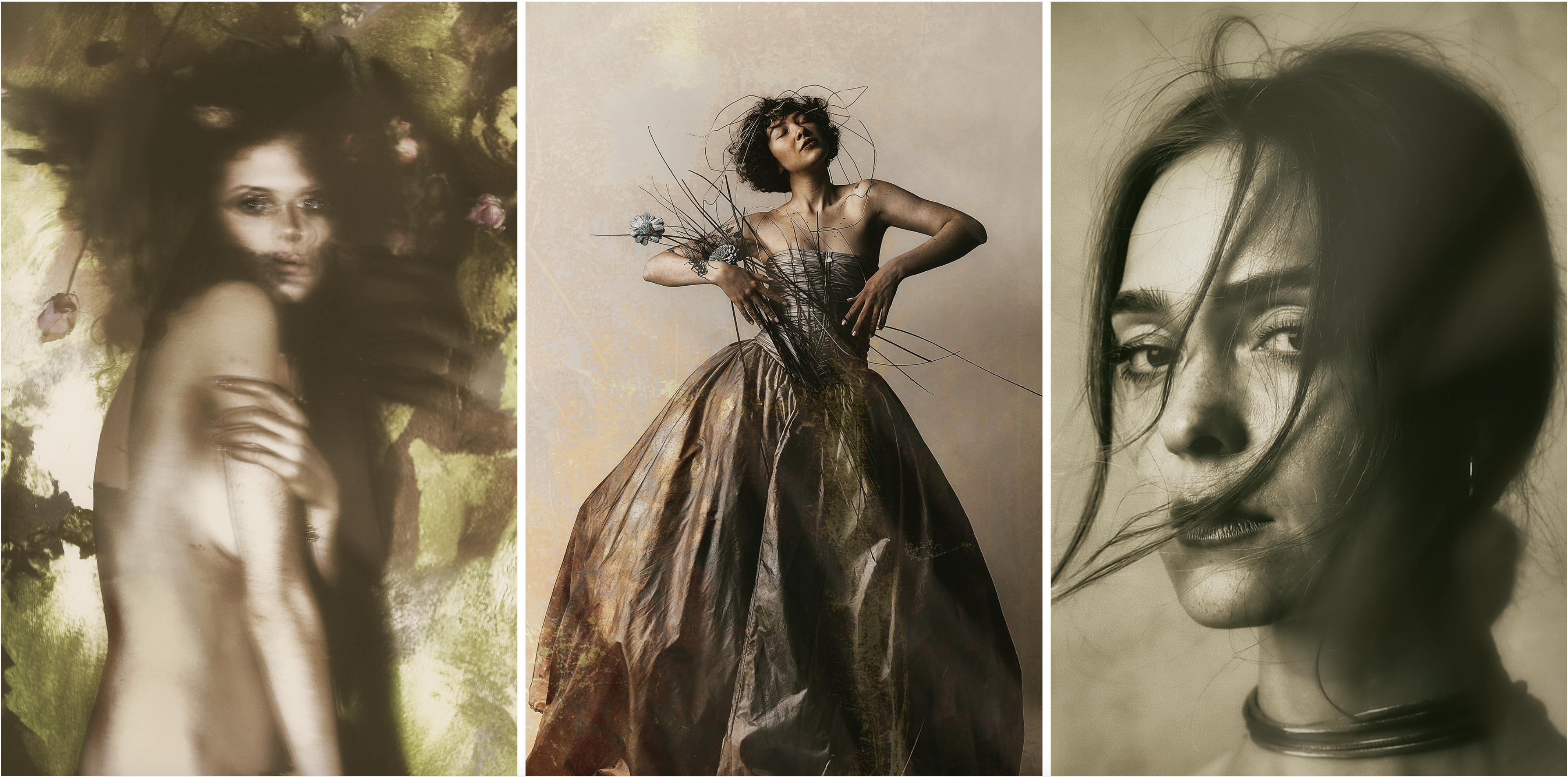
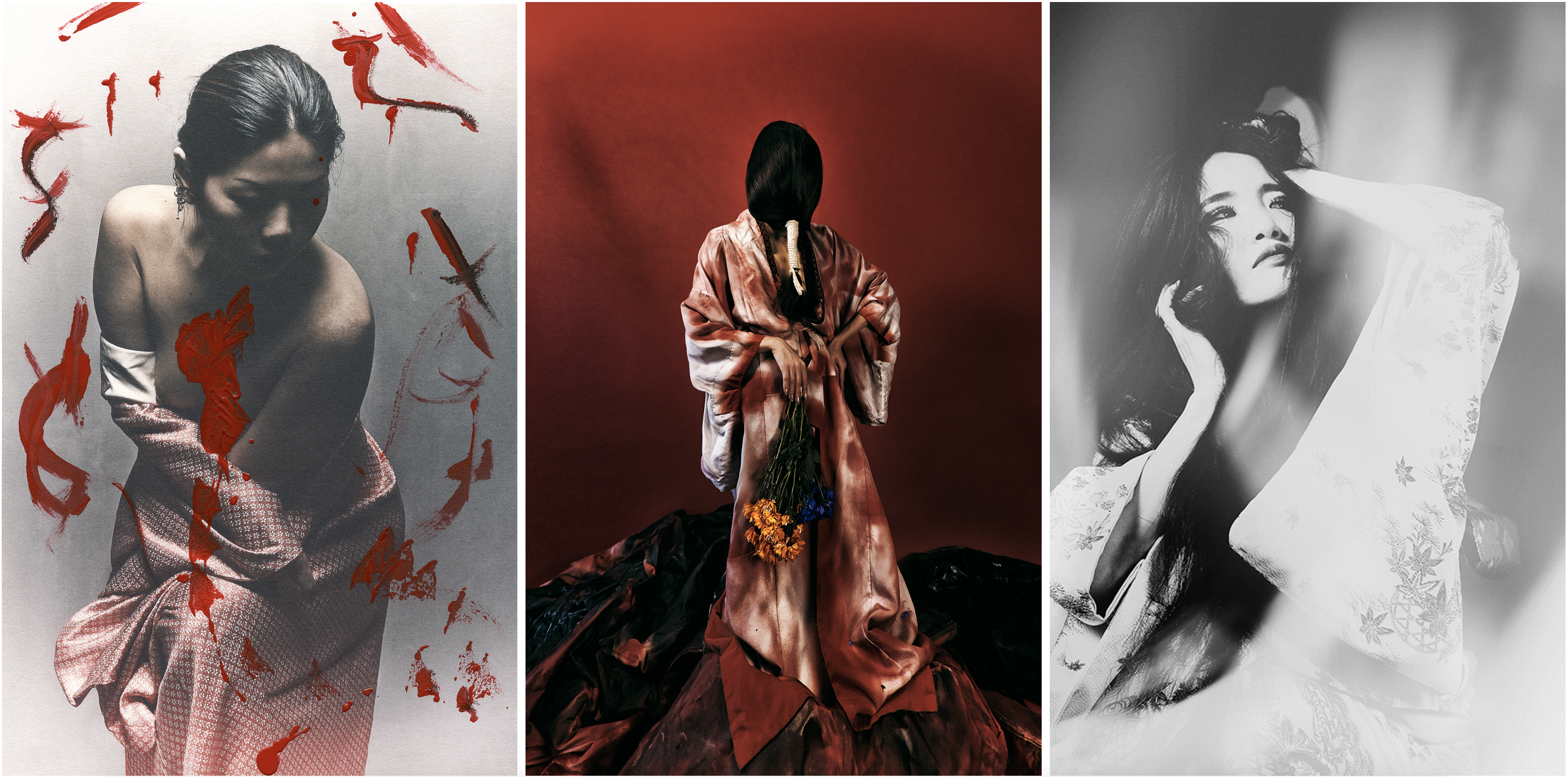

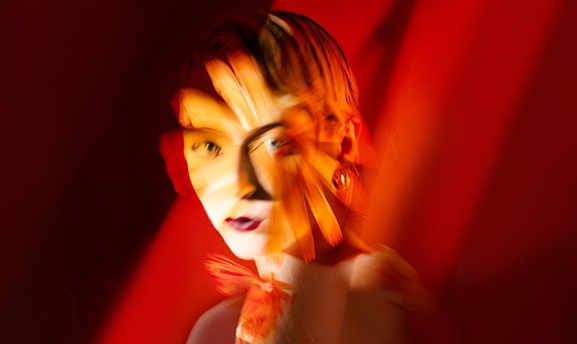
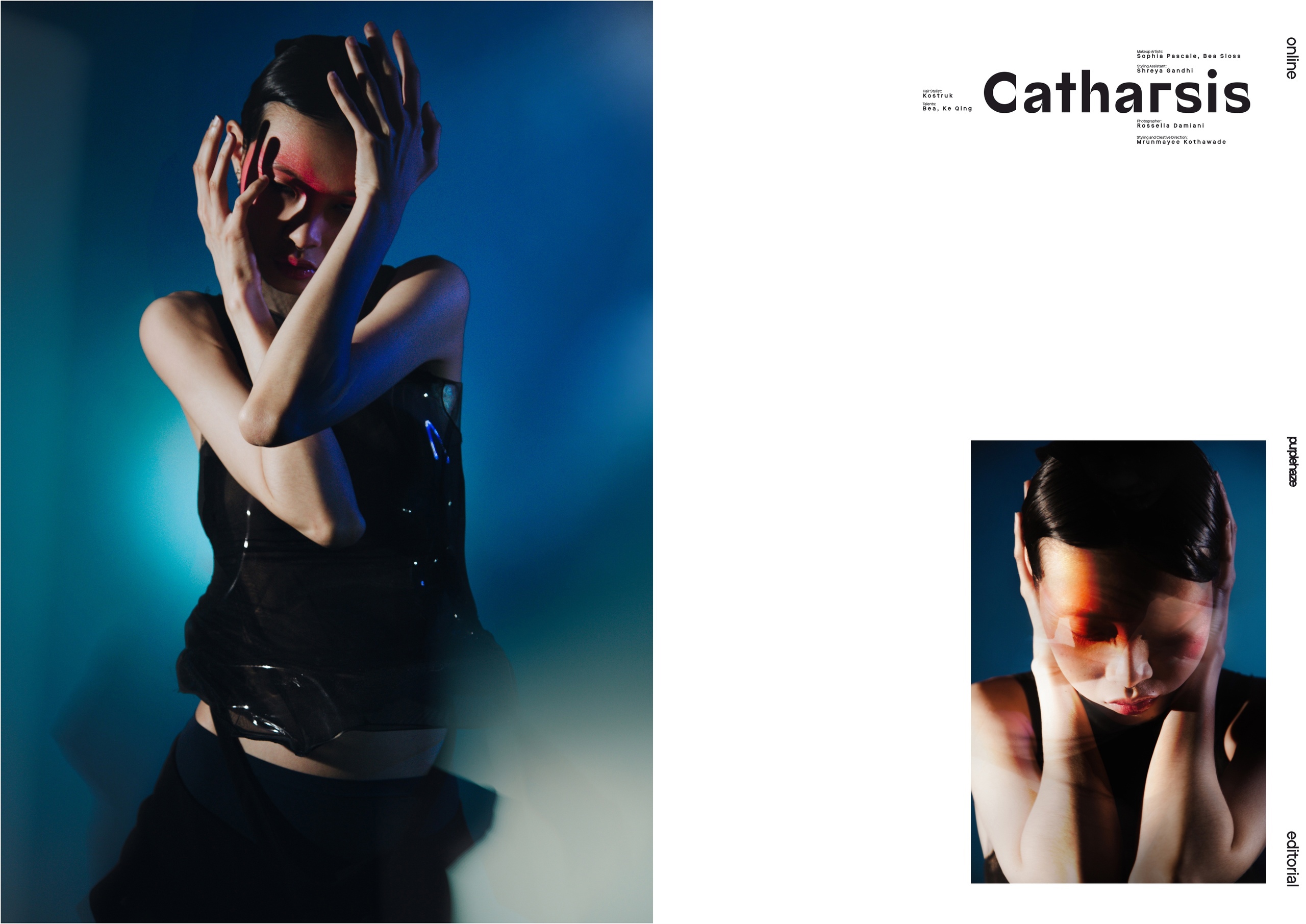
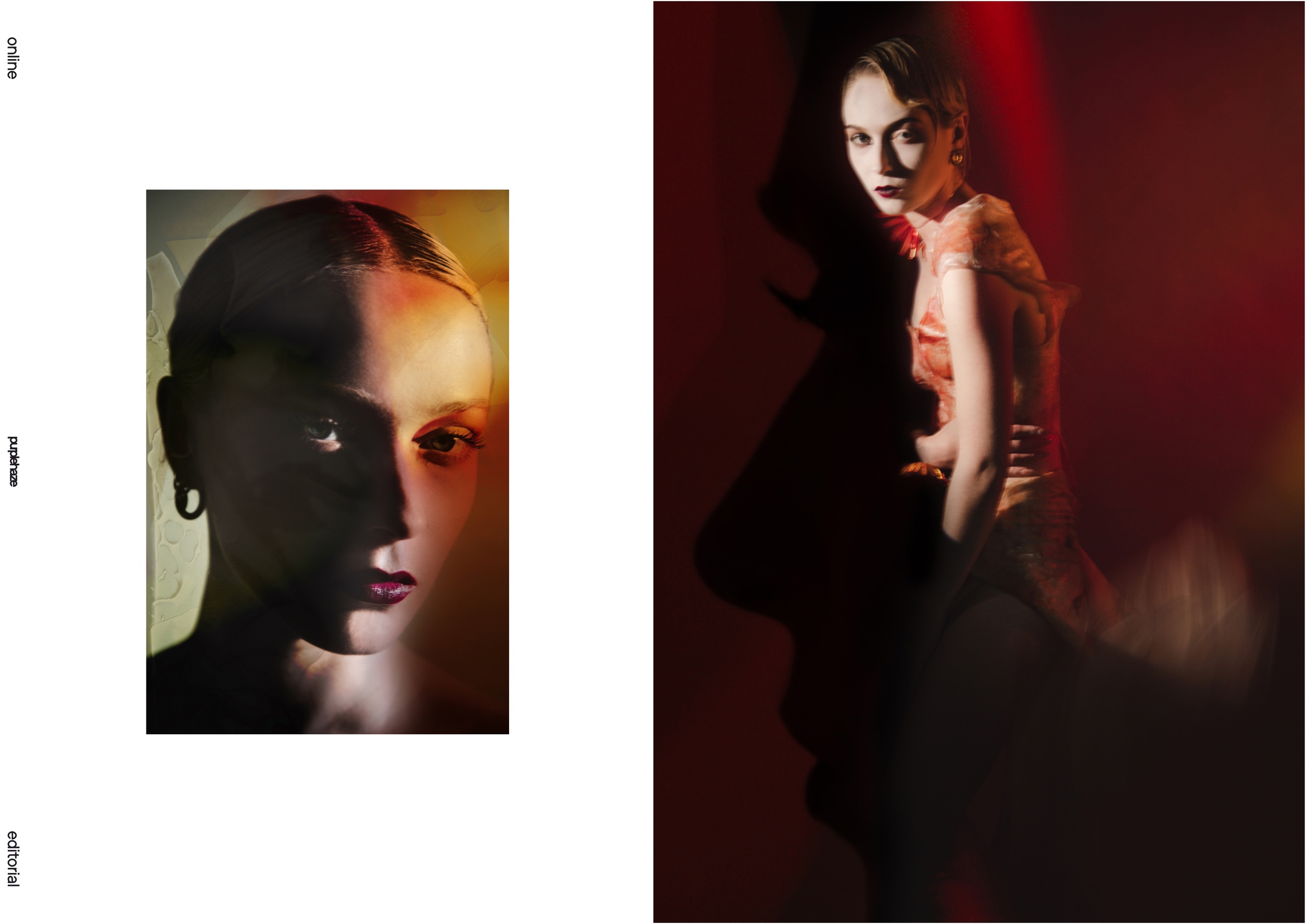
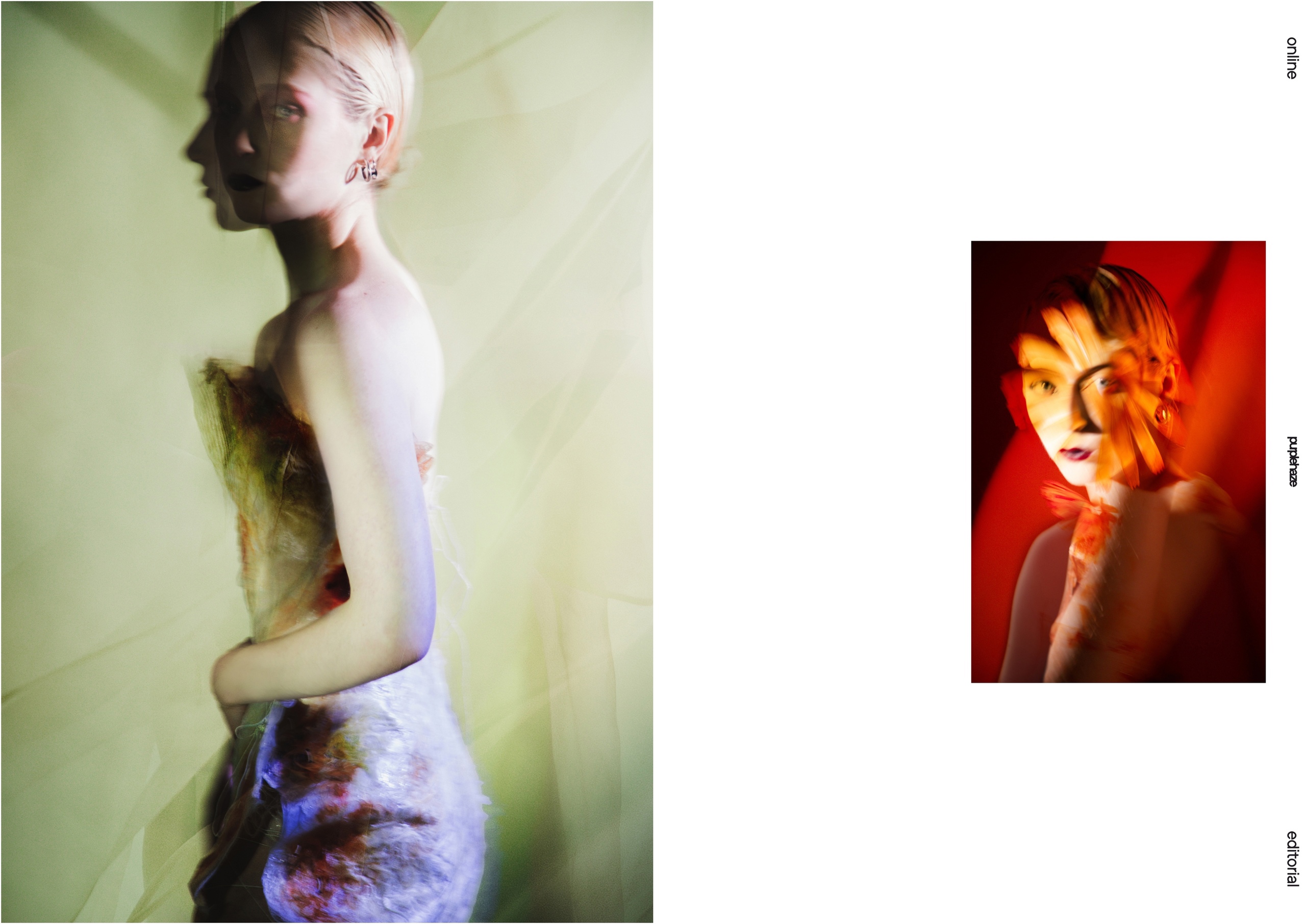
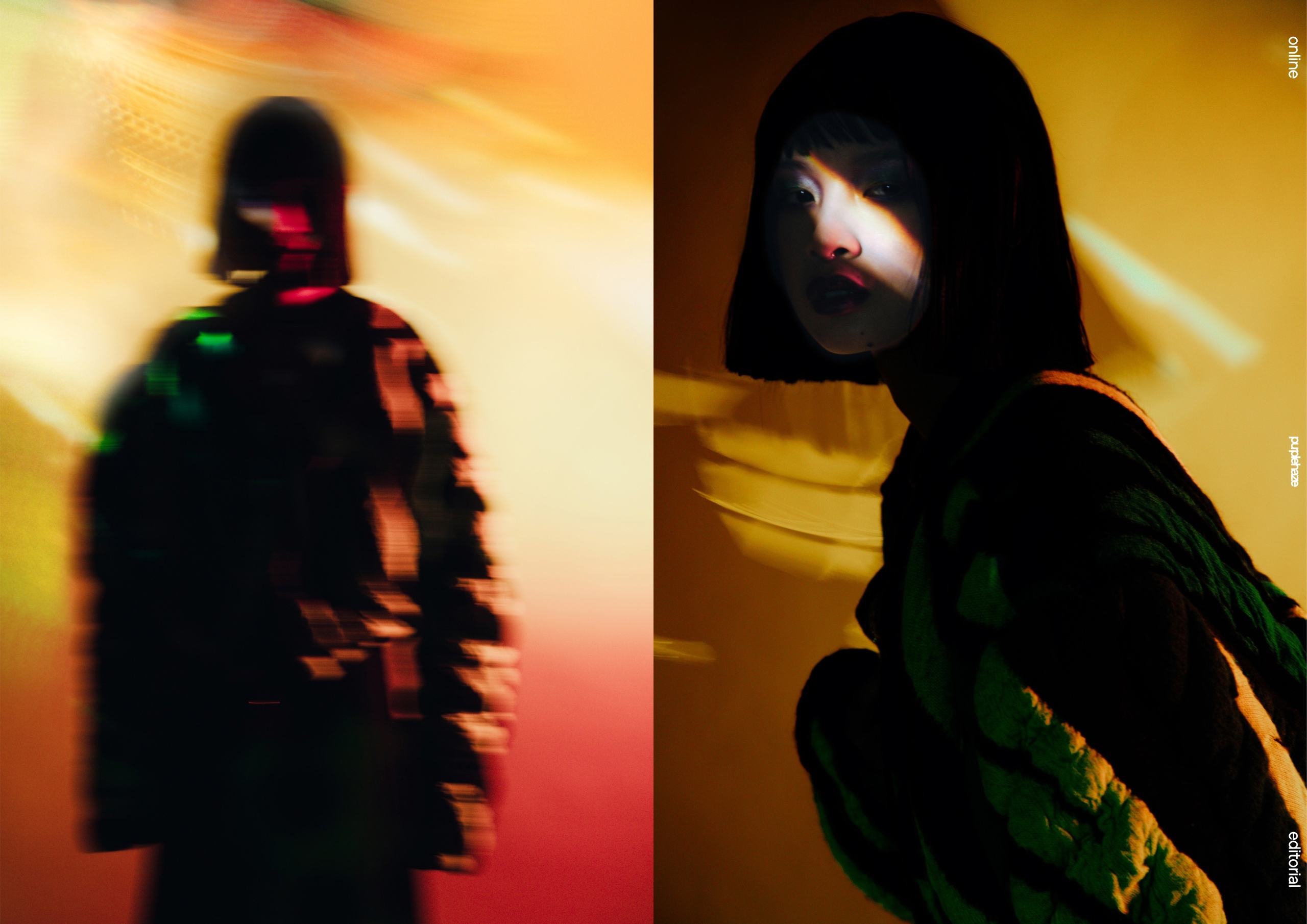

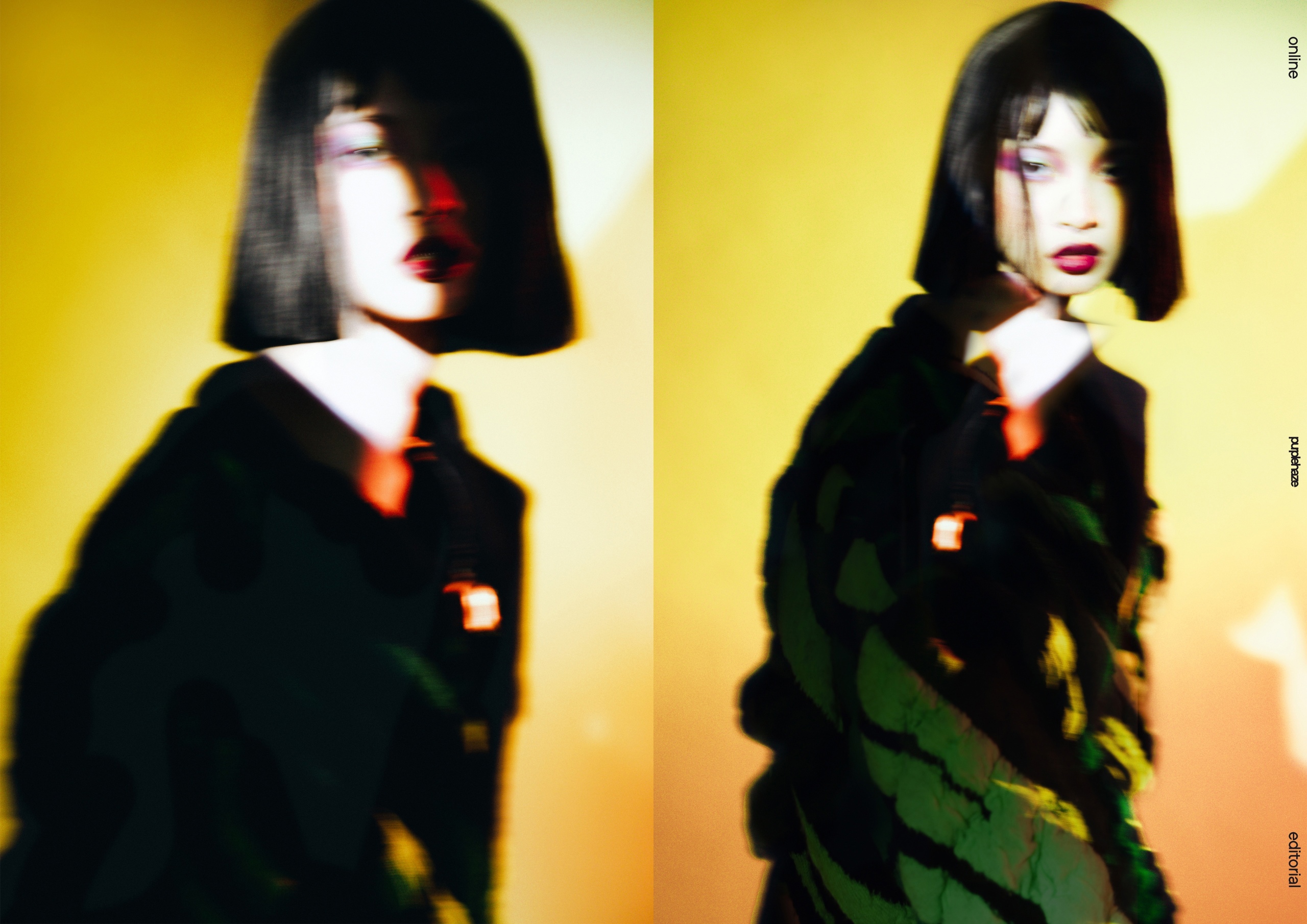

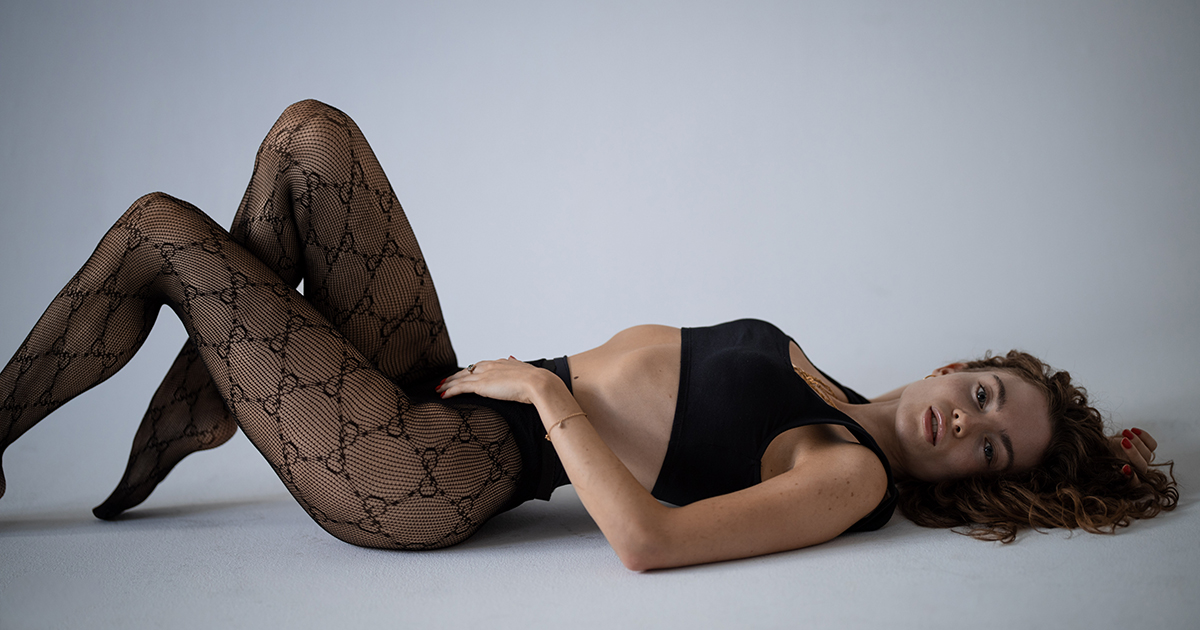
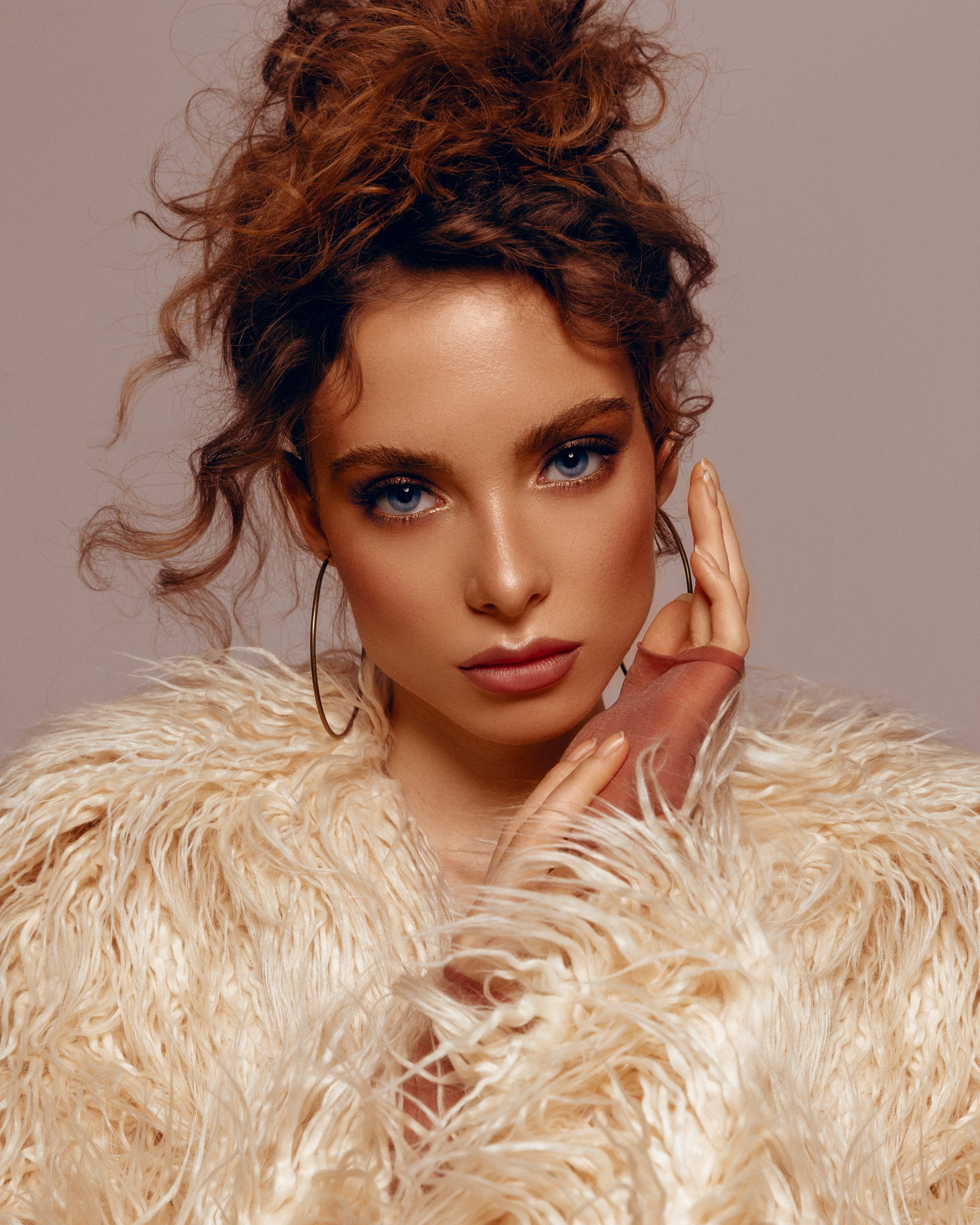
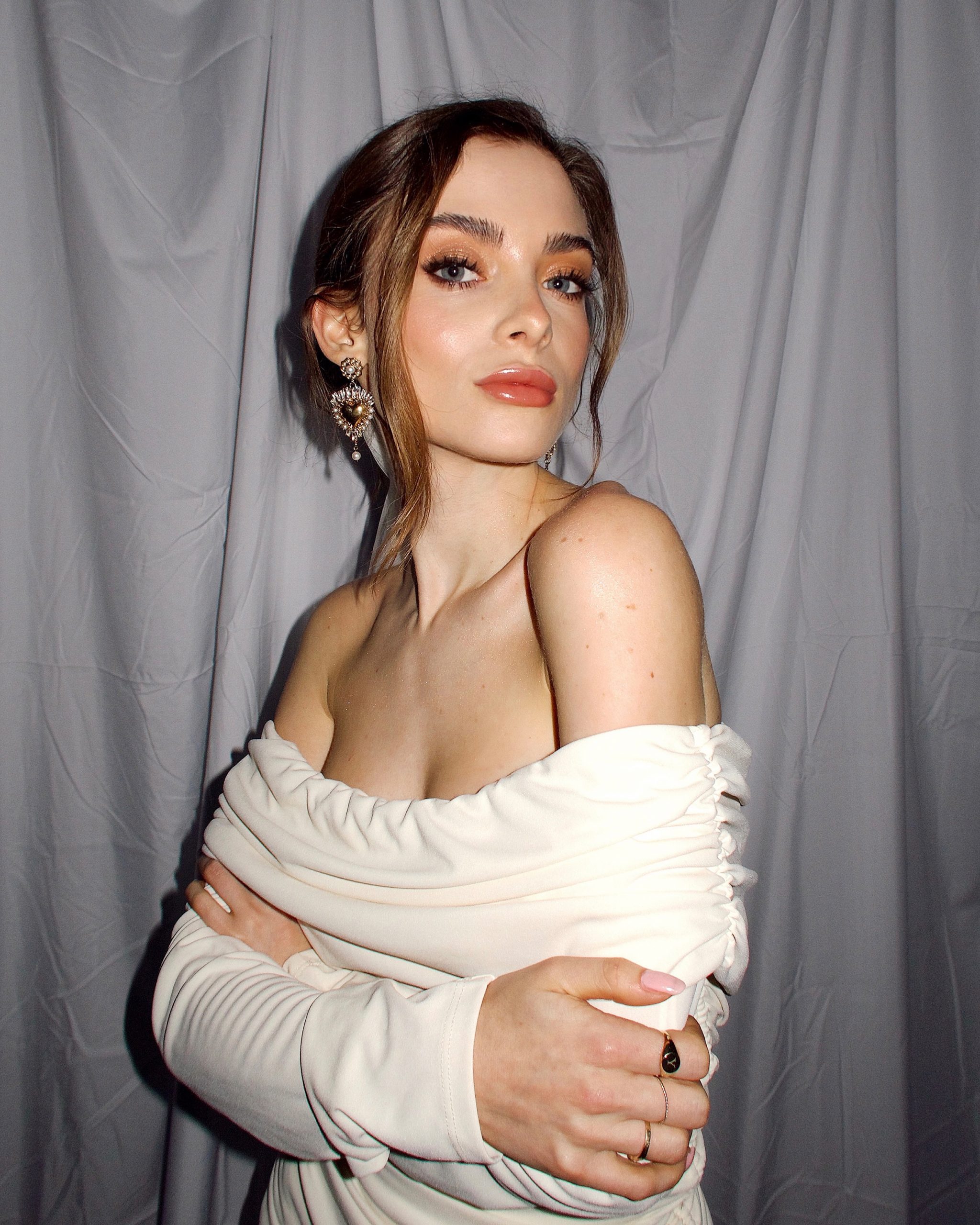
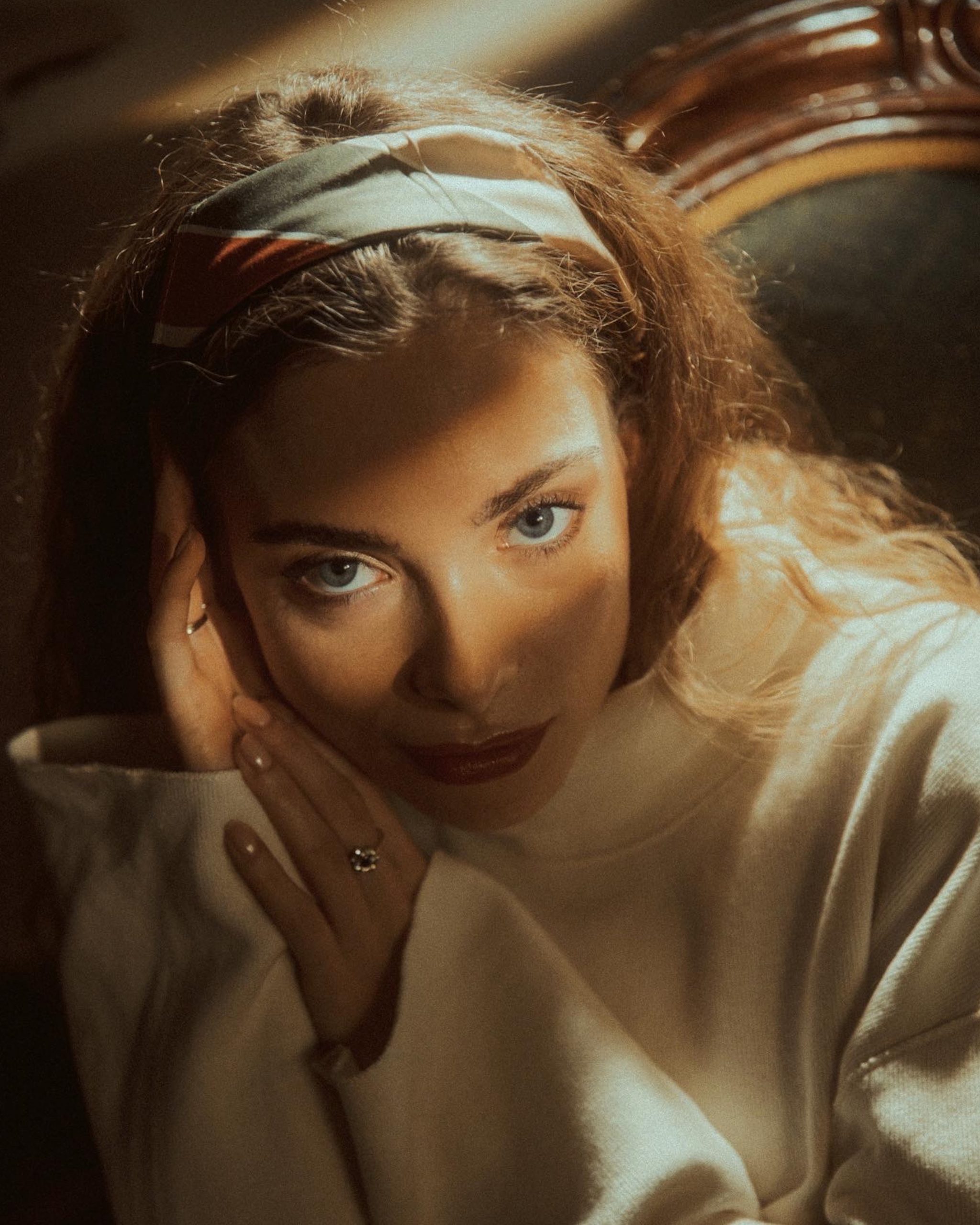
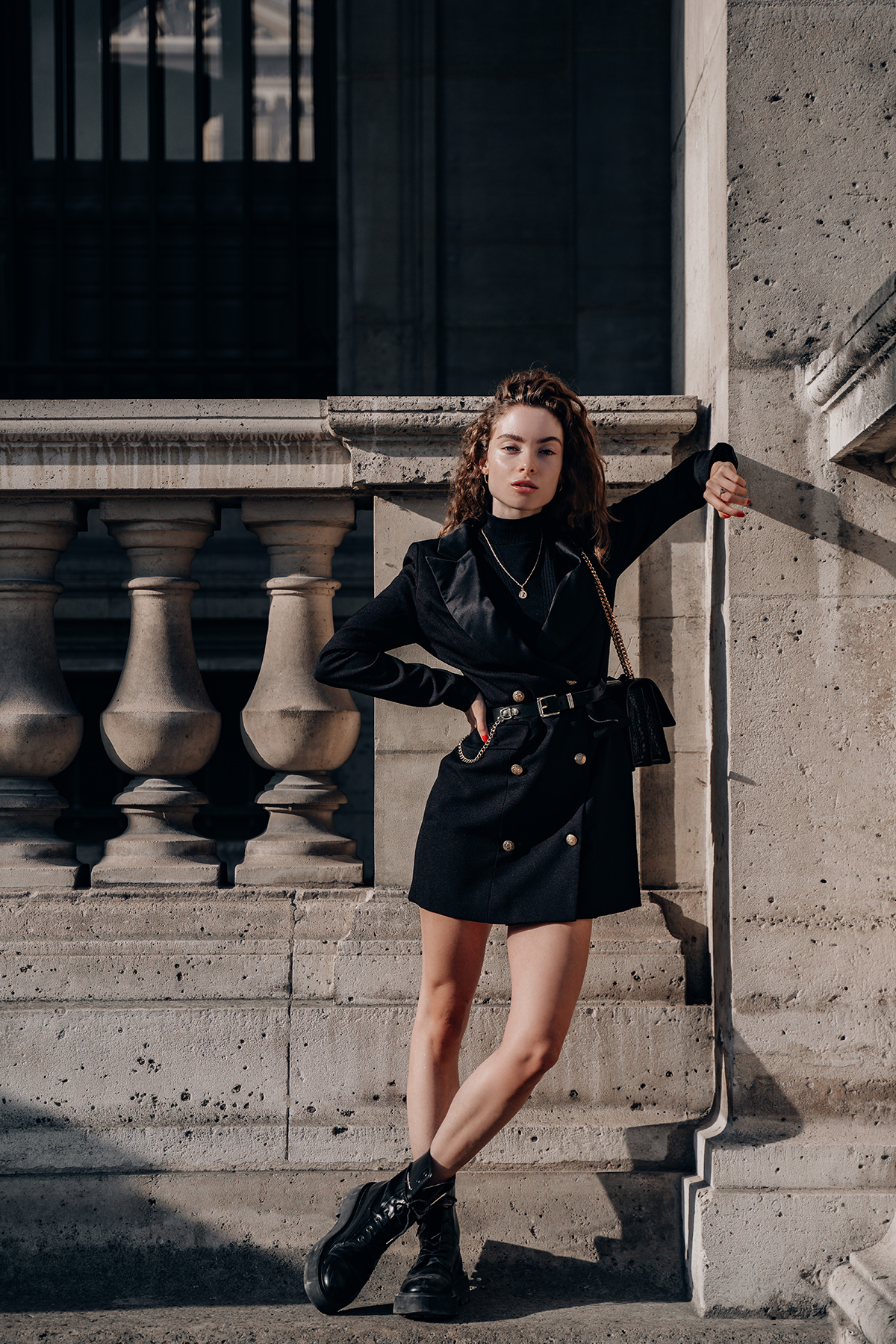
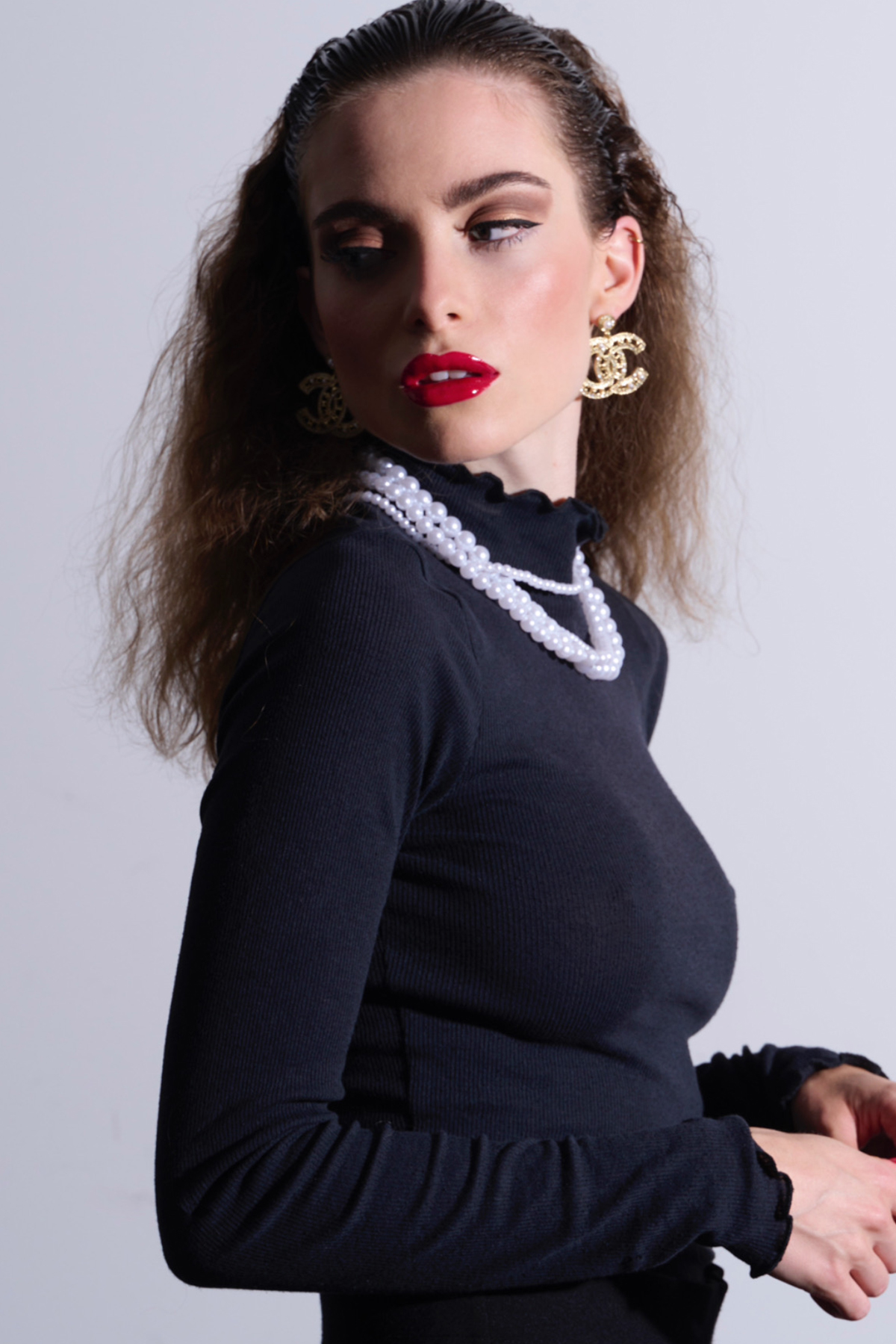
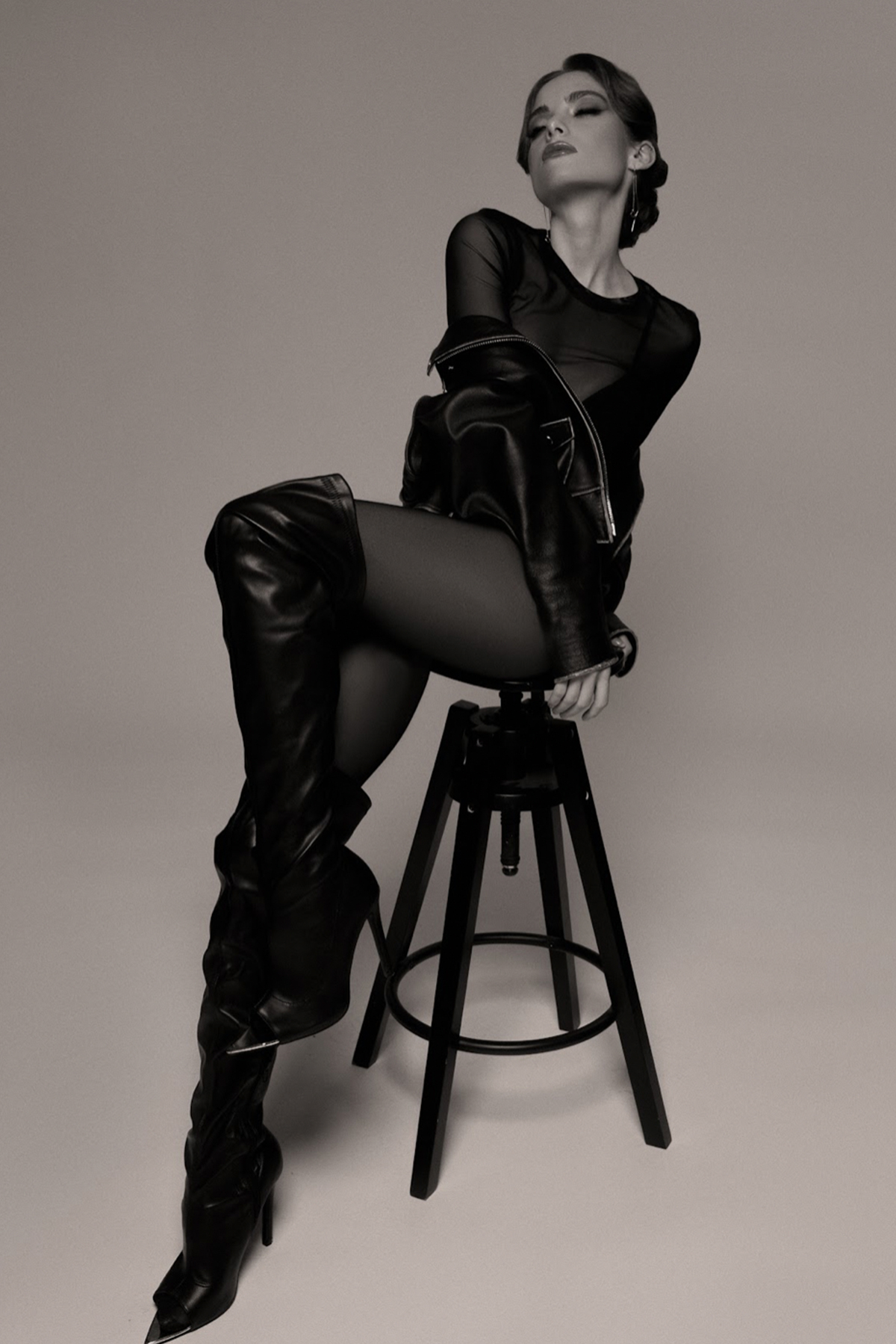
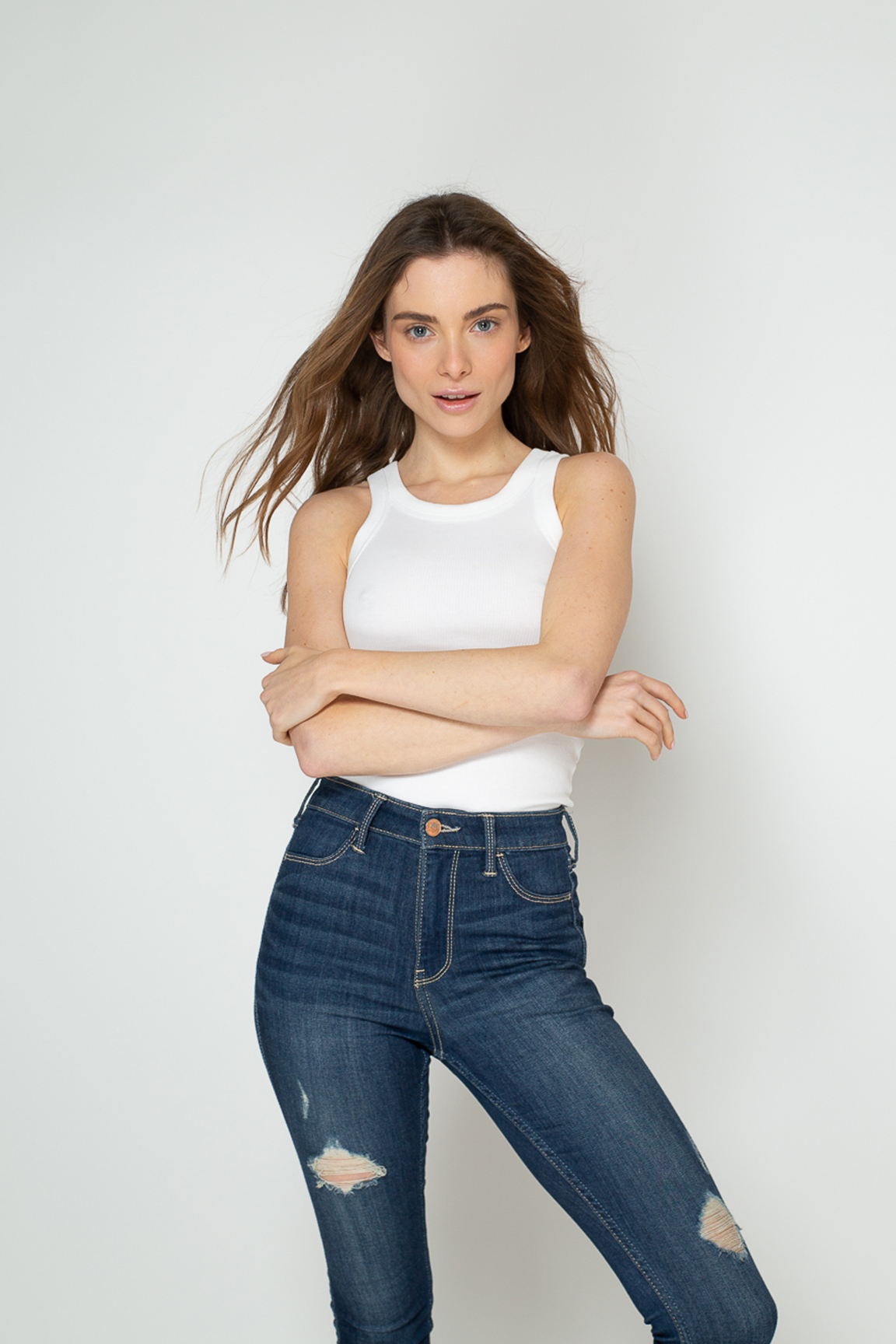
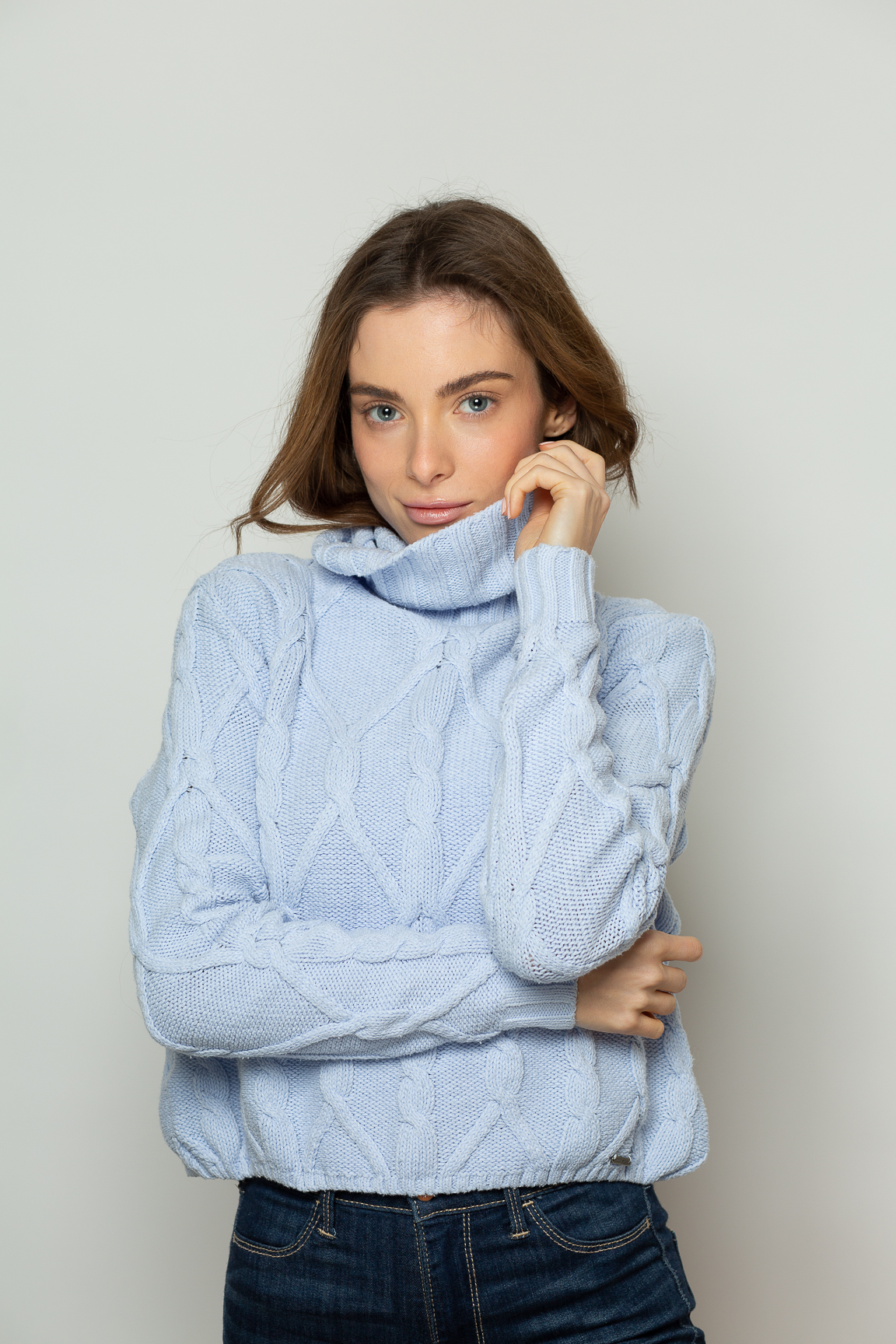
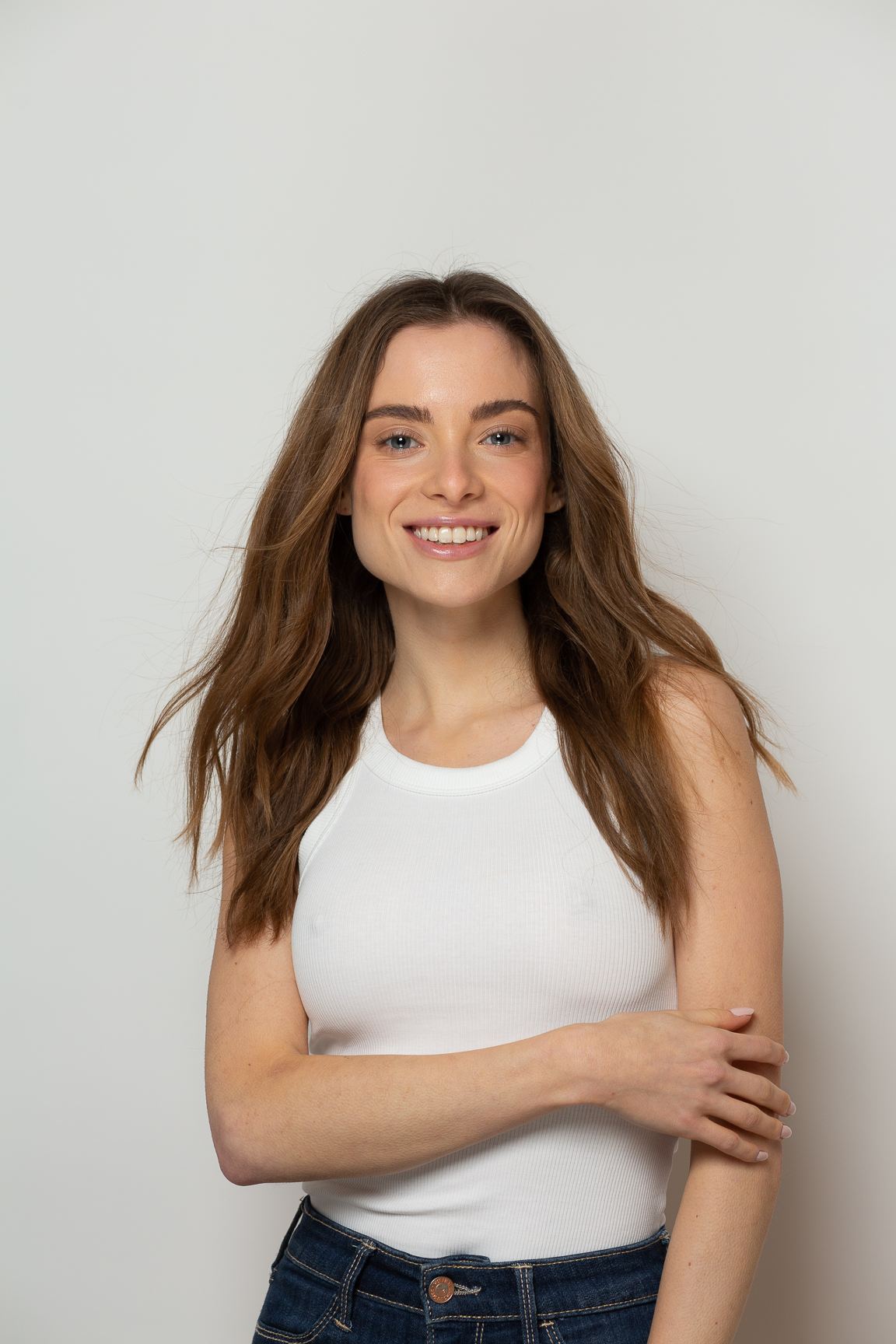
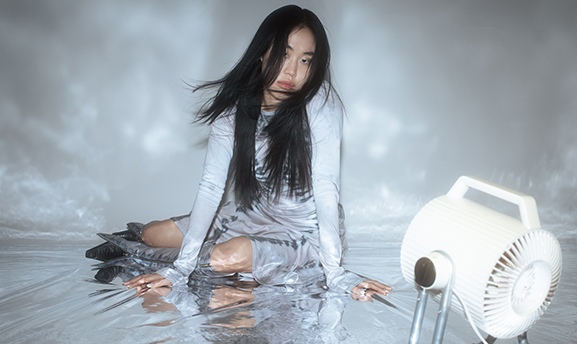
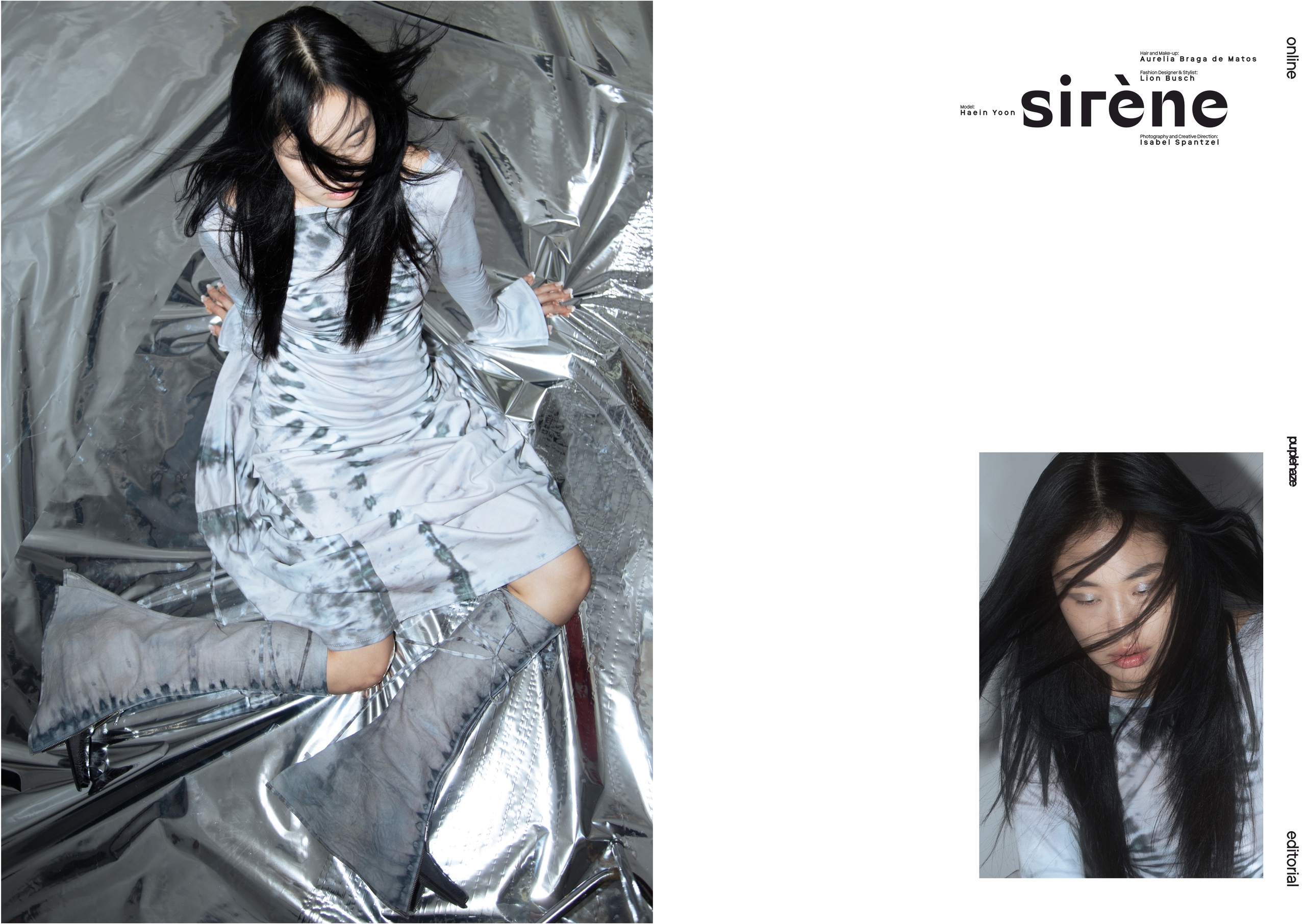
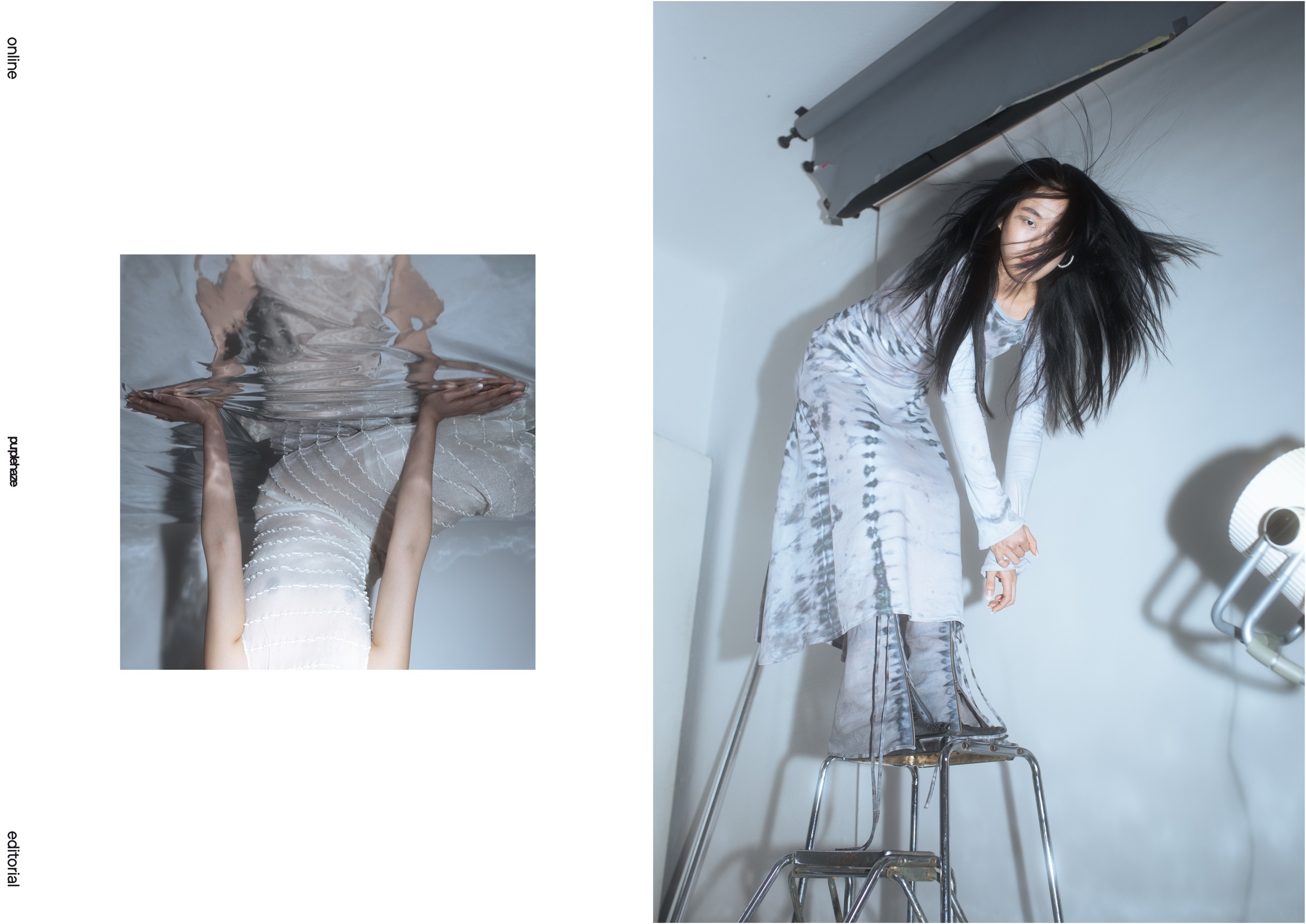
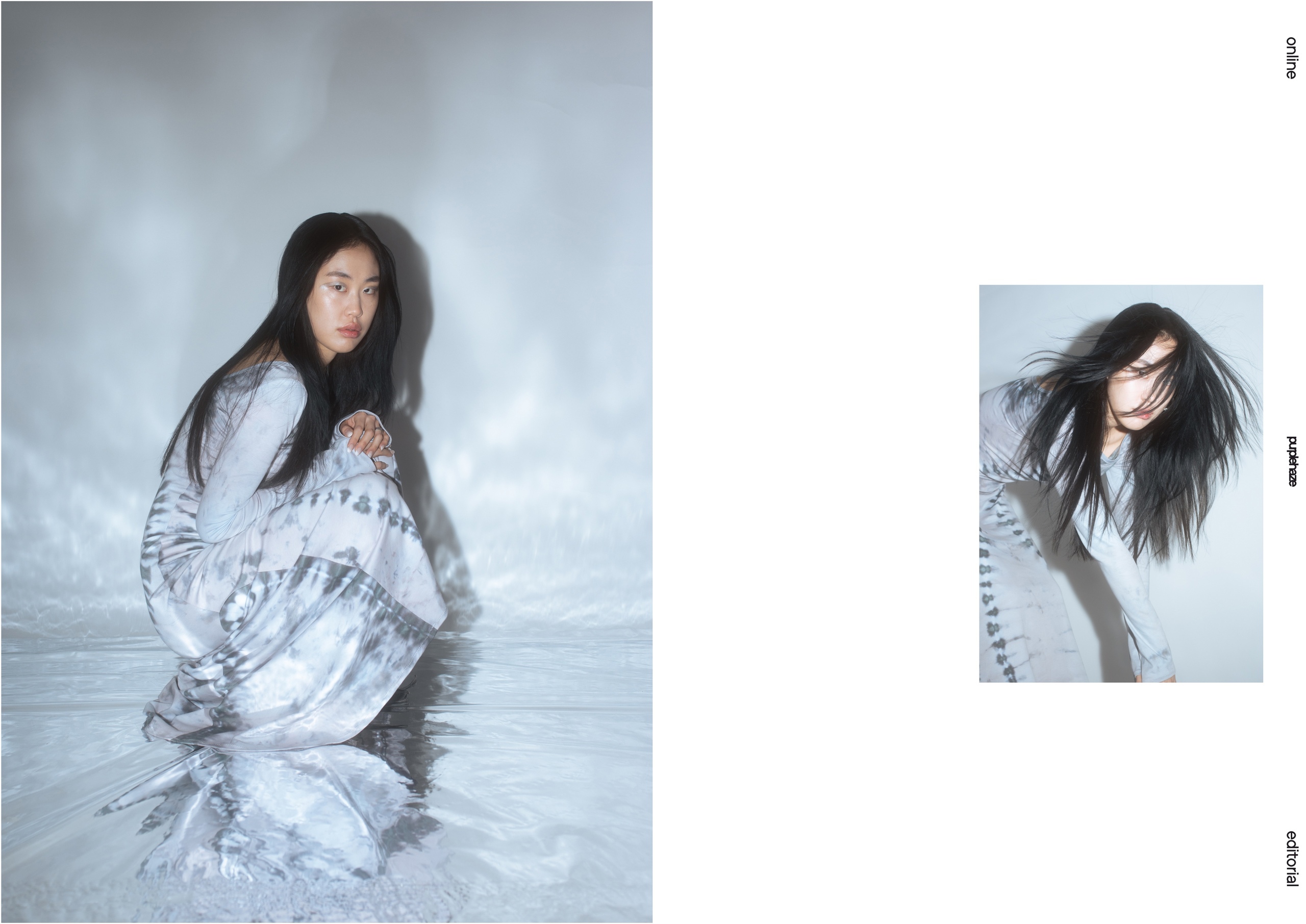
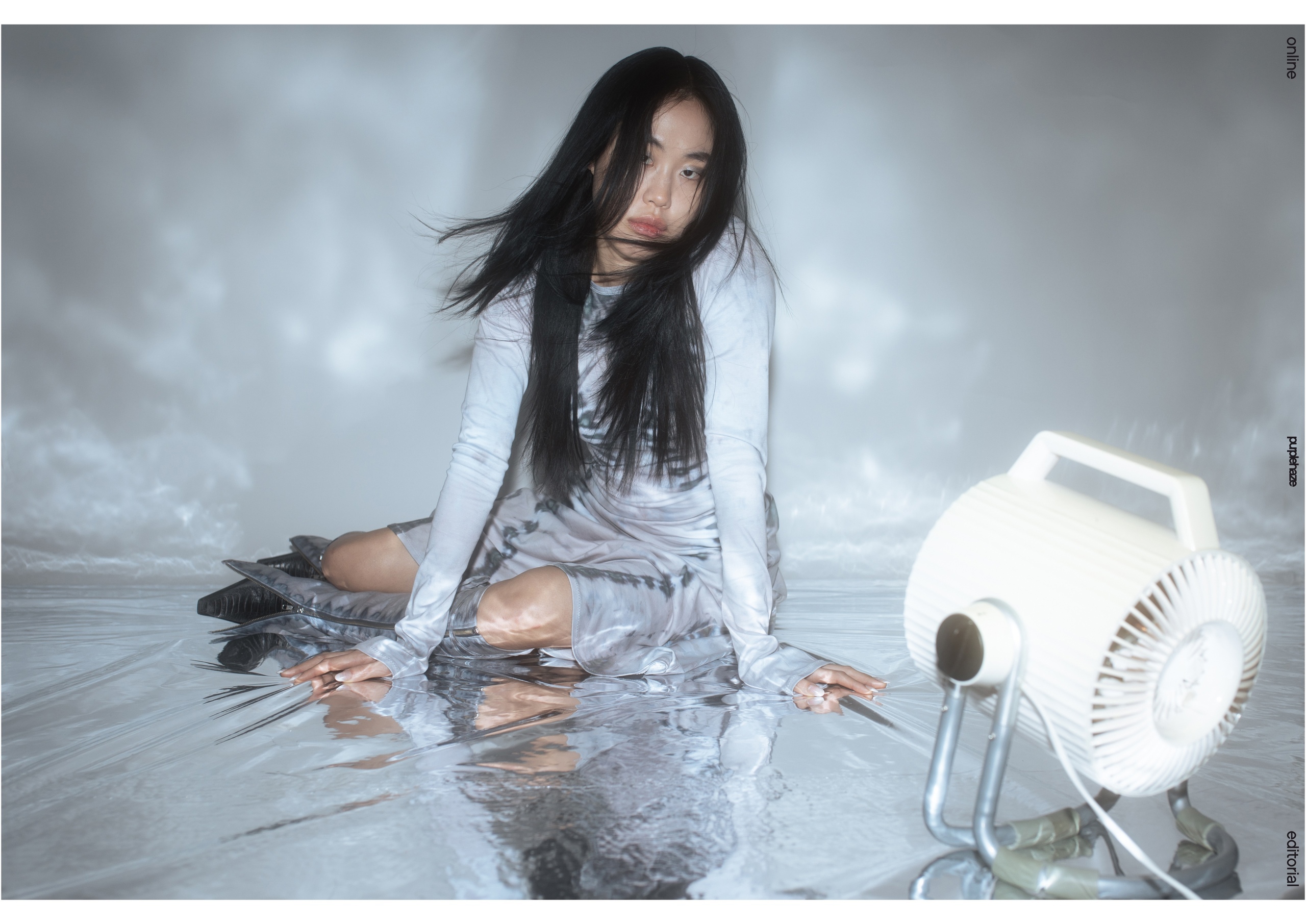
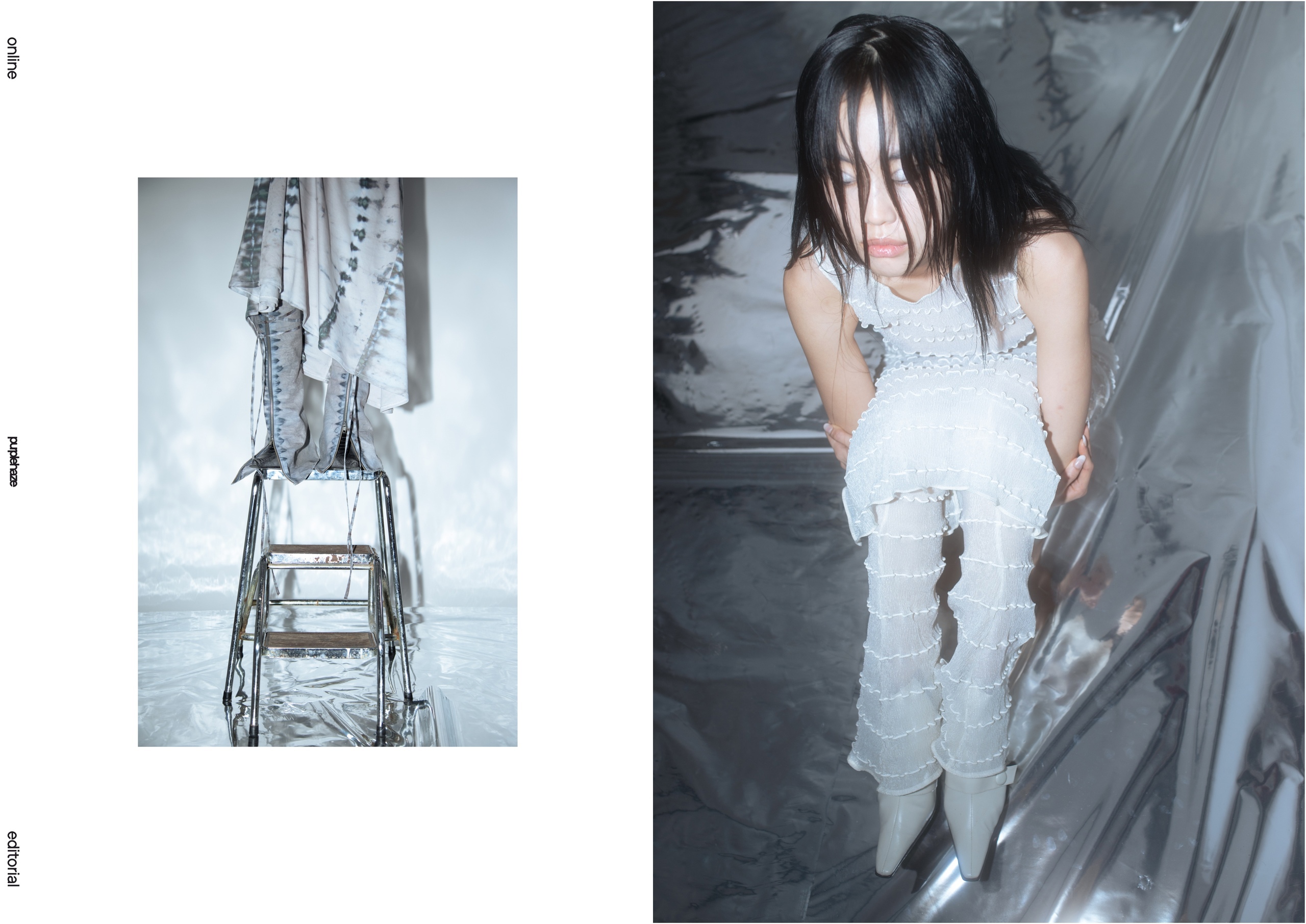
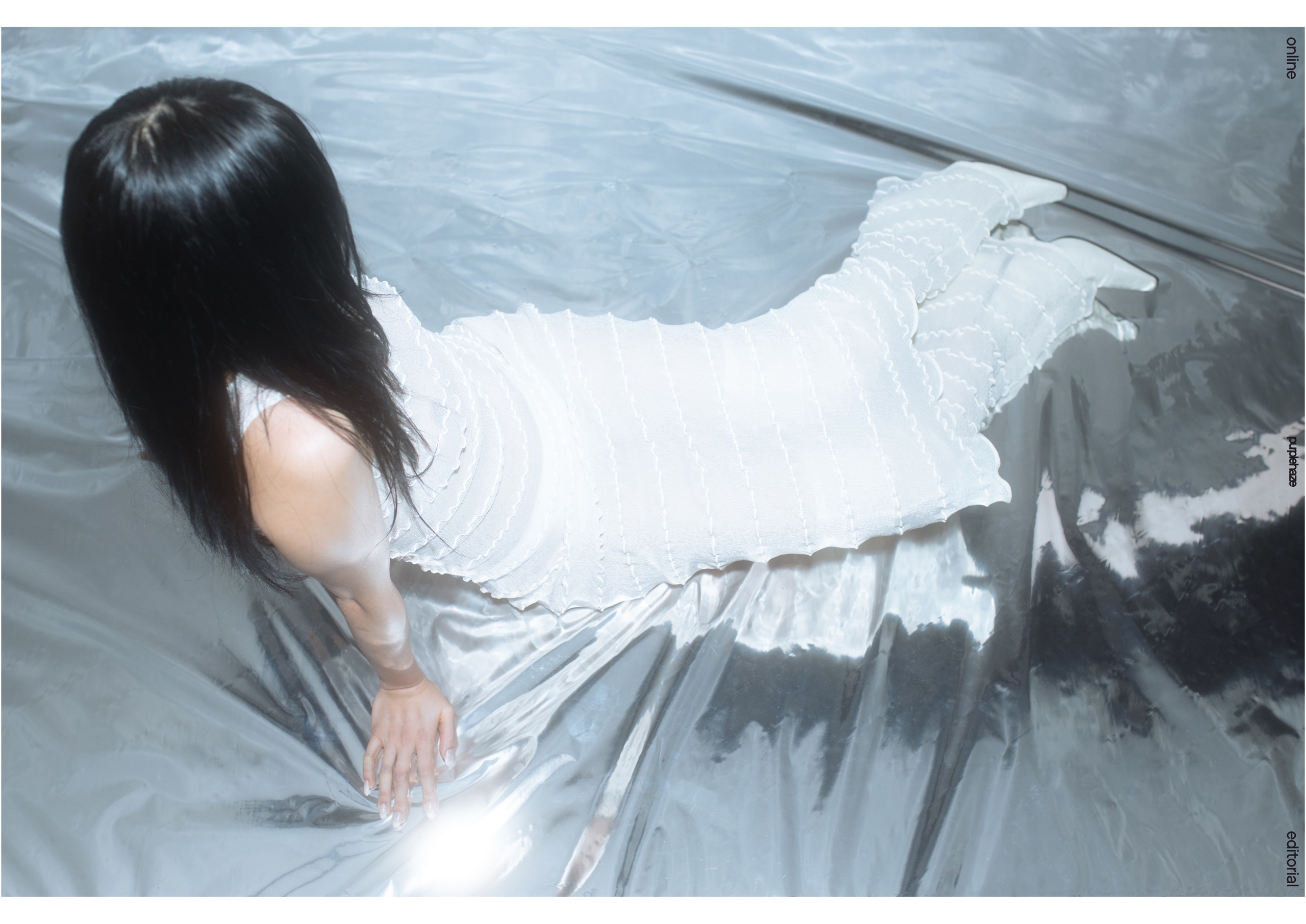
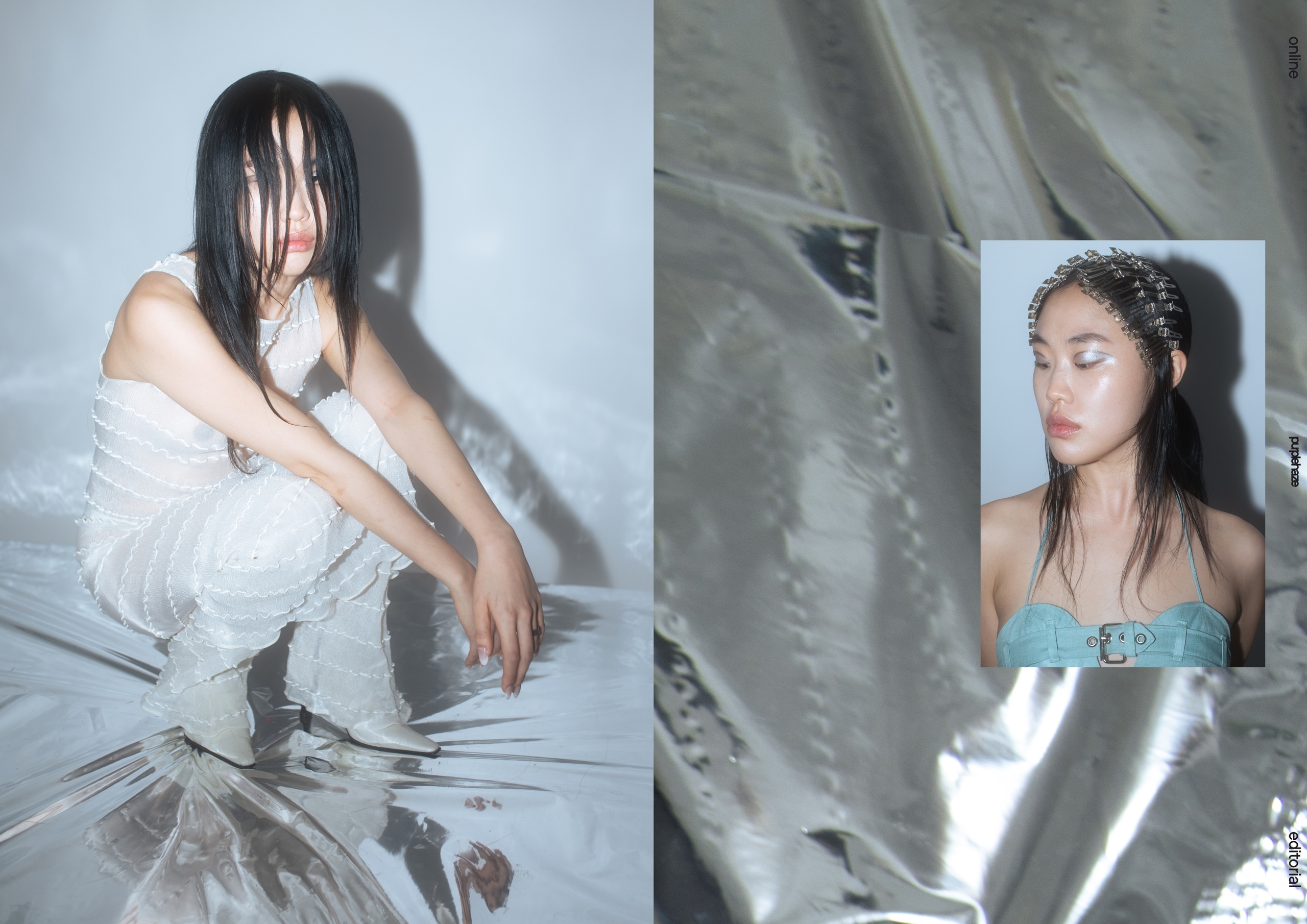
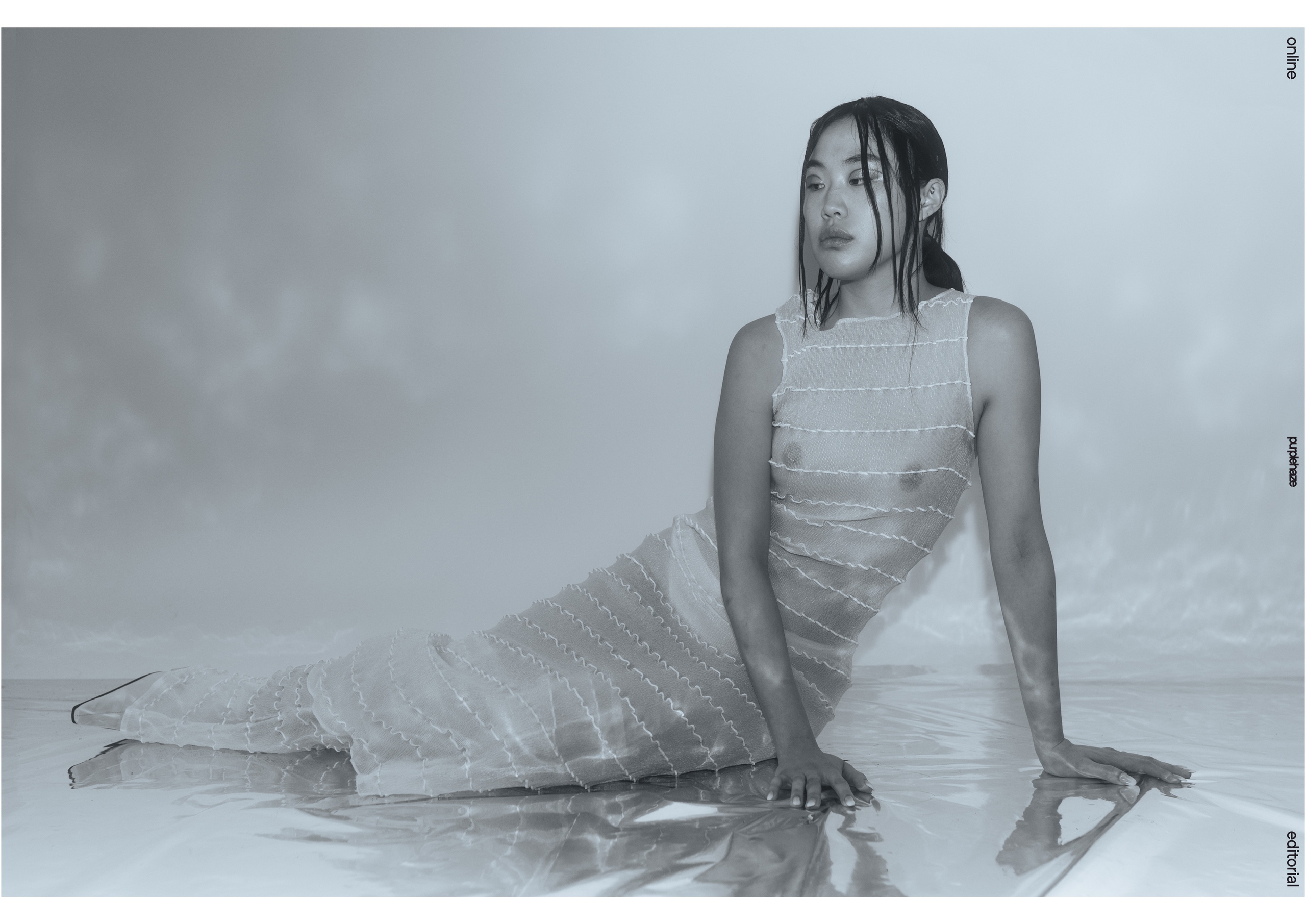
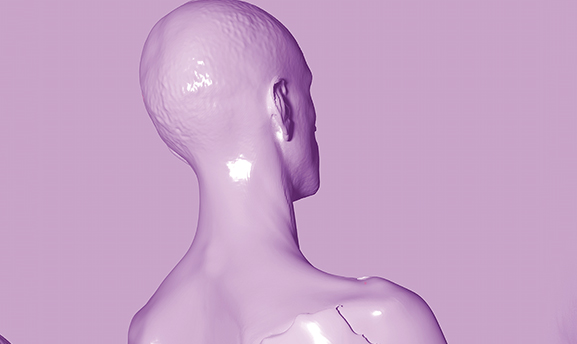
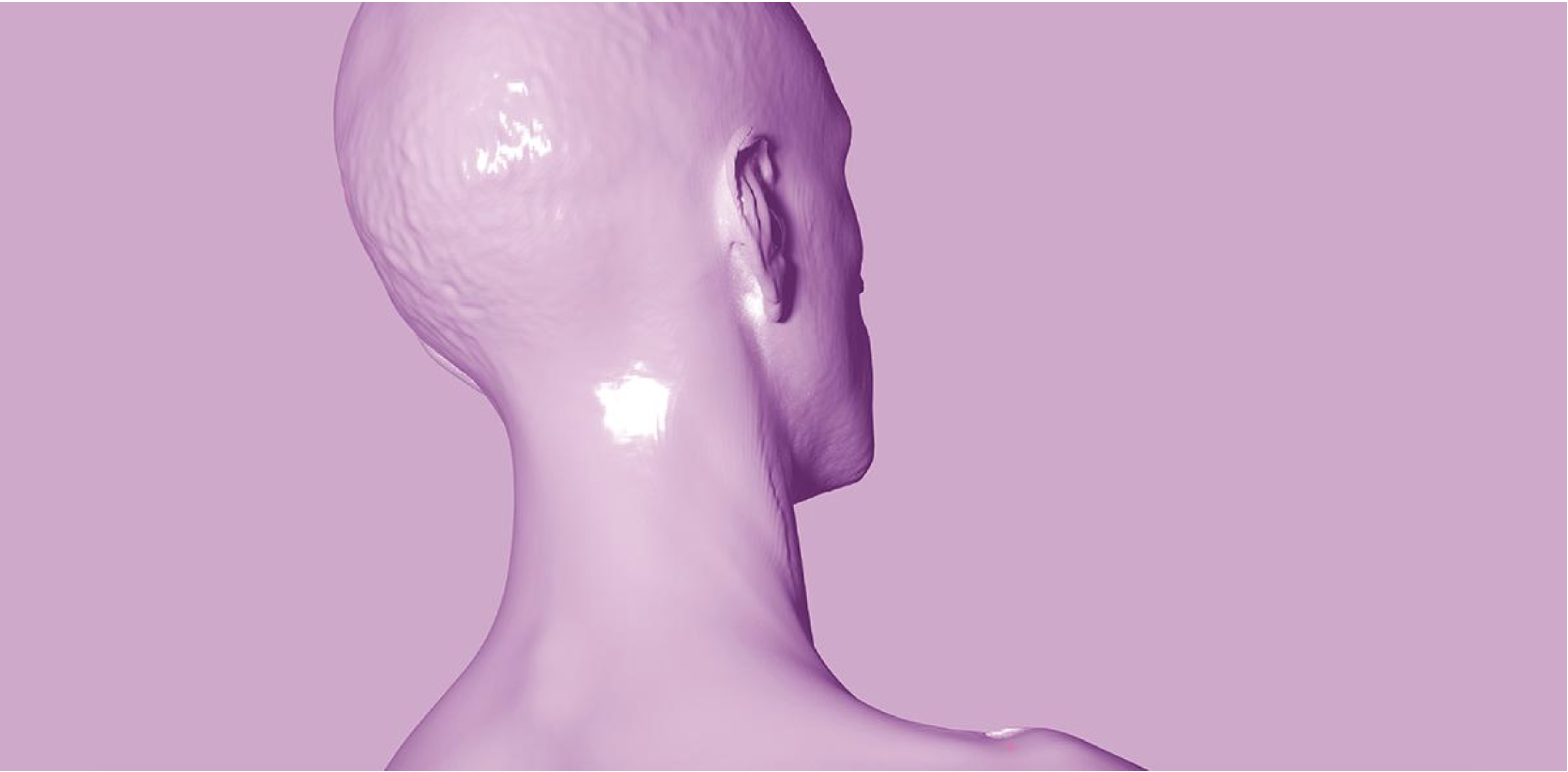
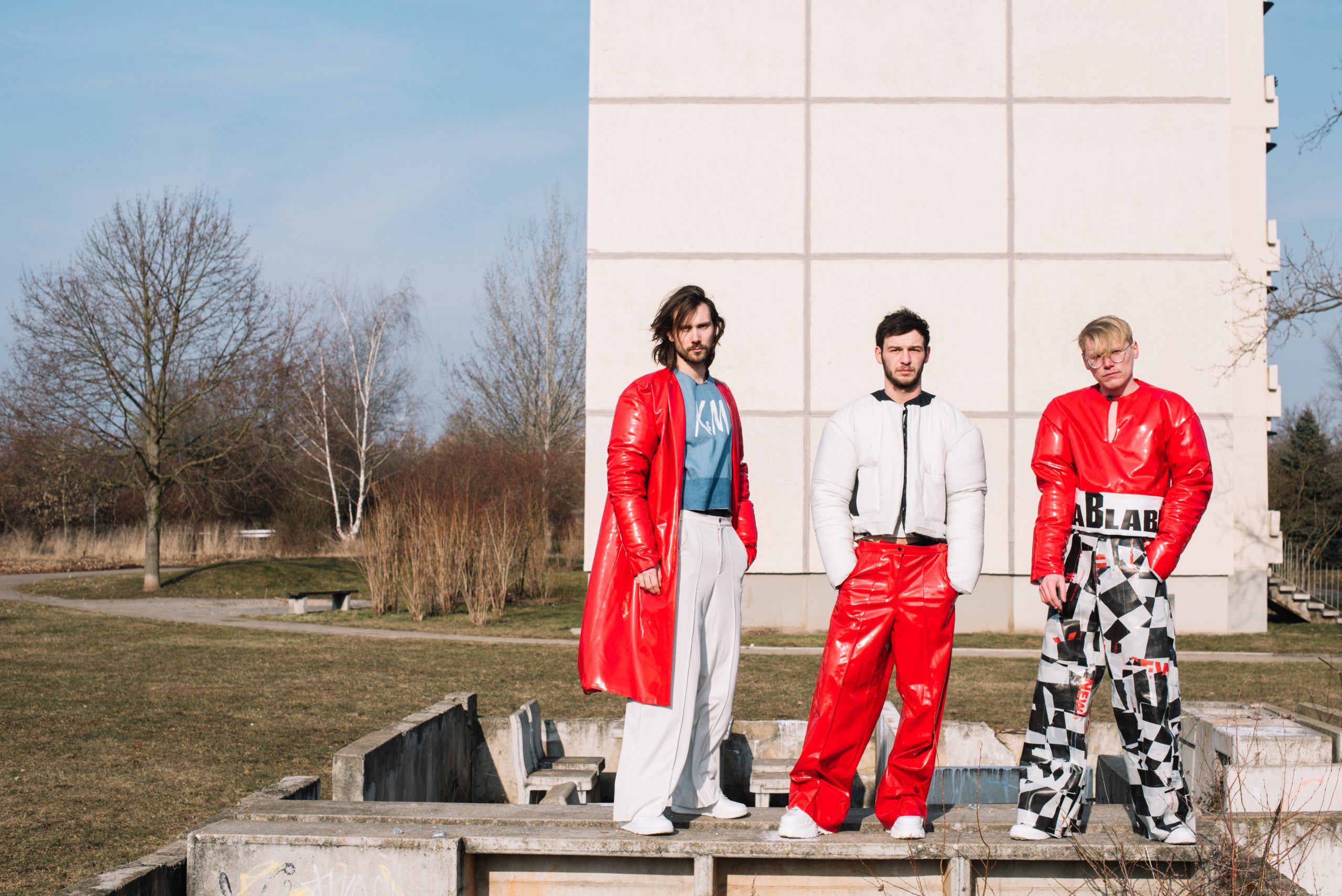
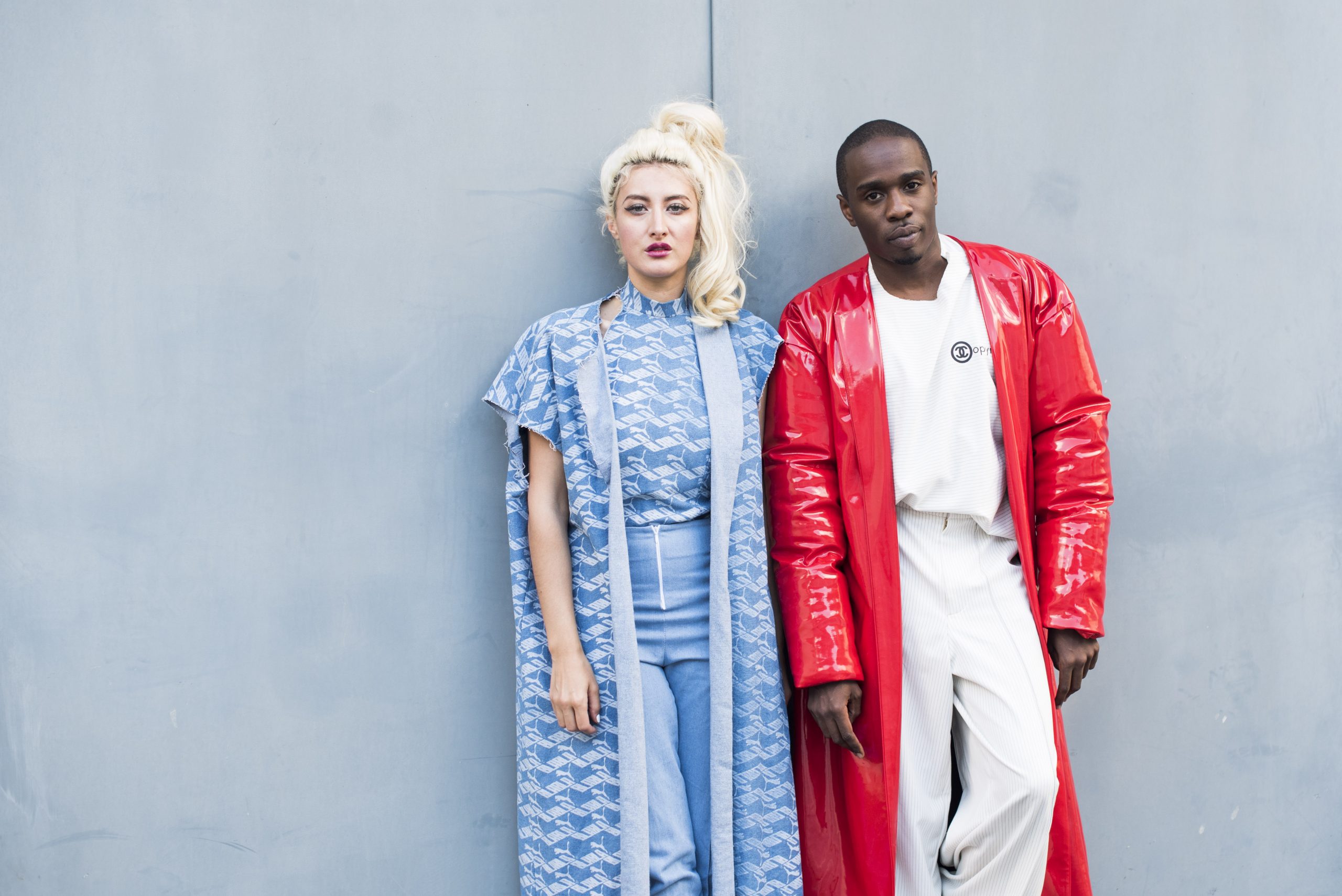
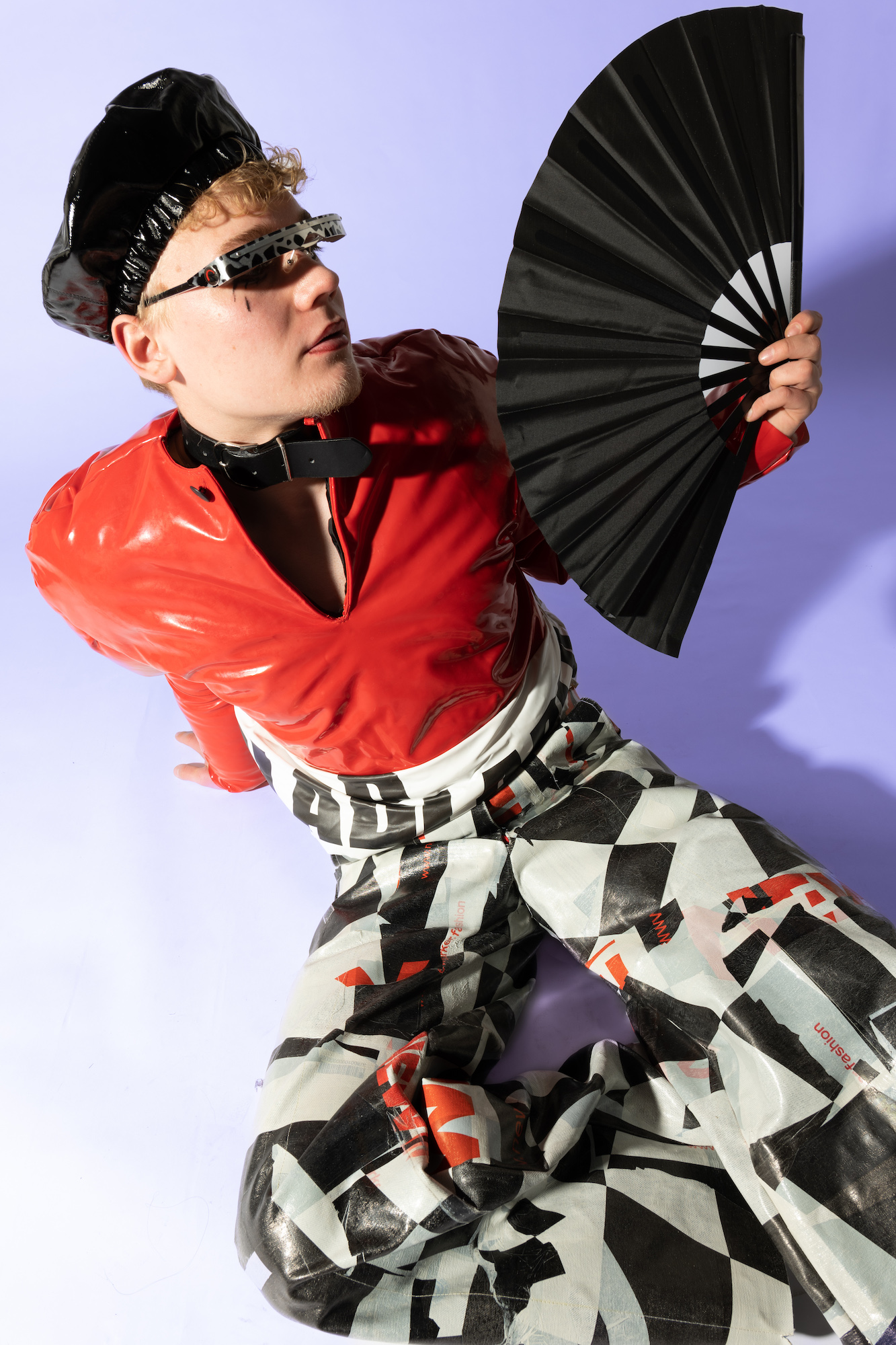
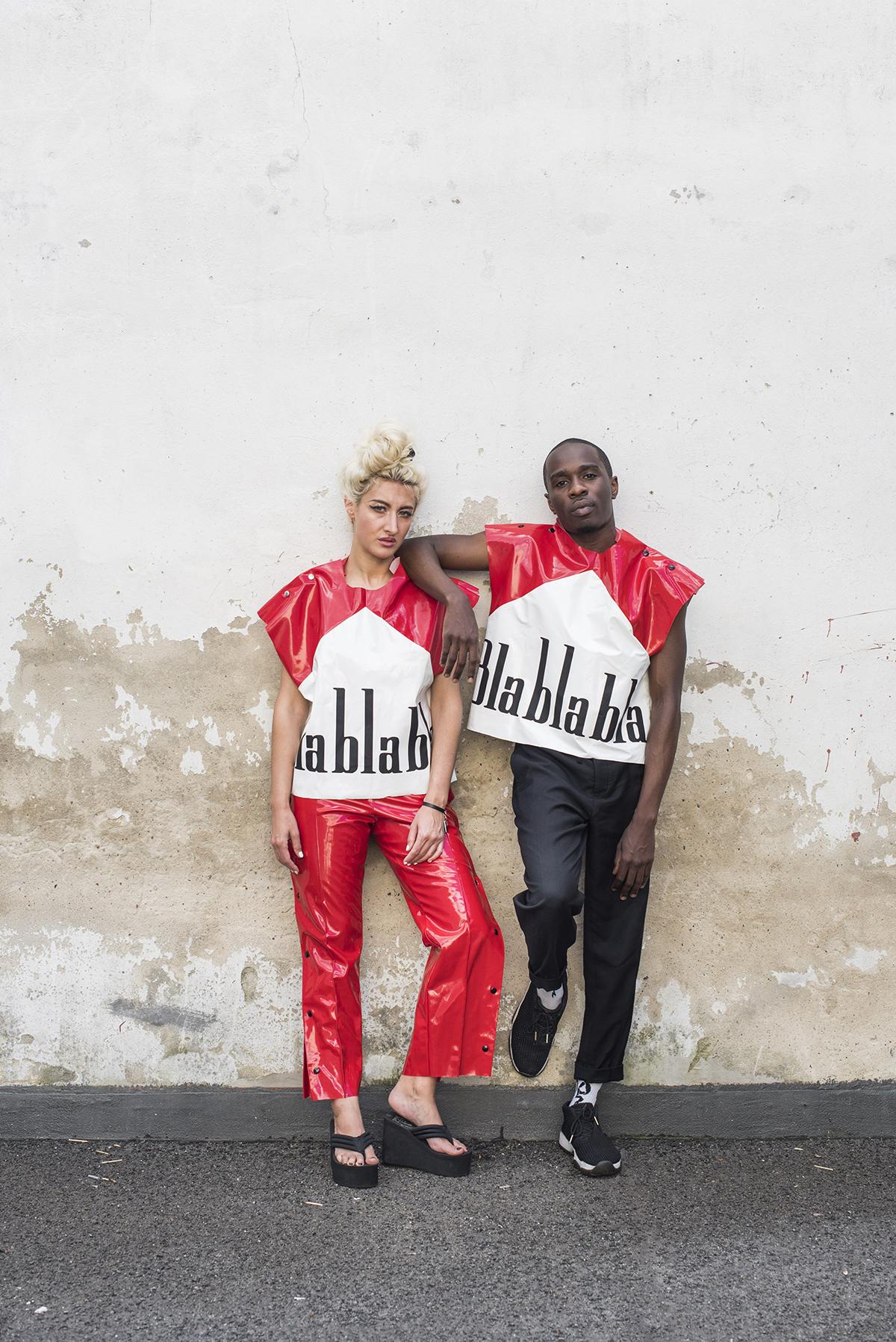
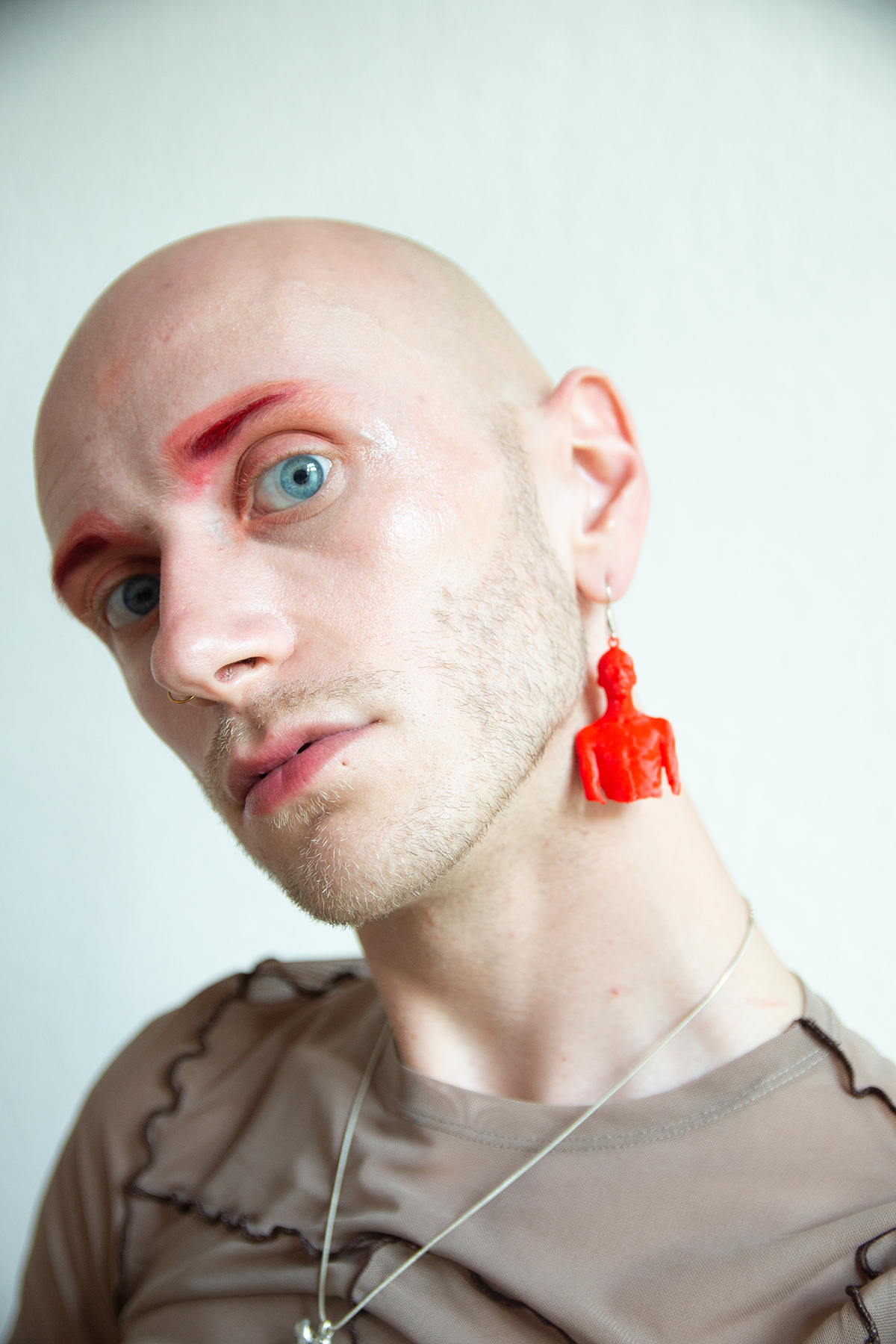

Neueste Kommentare